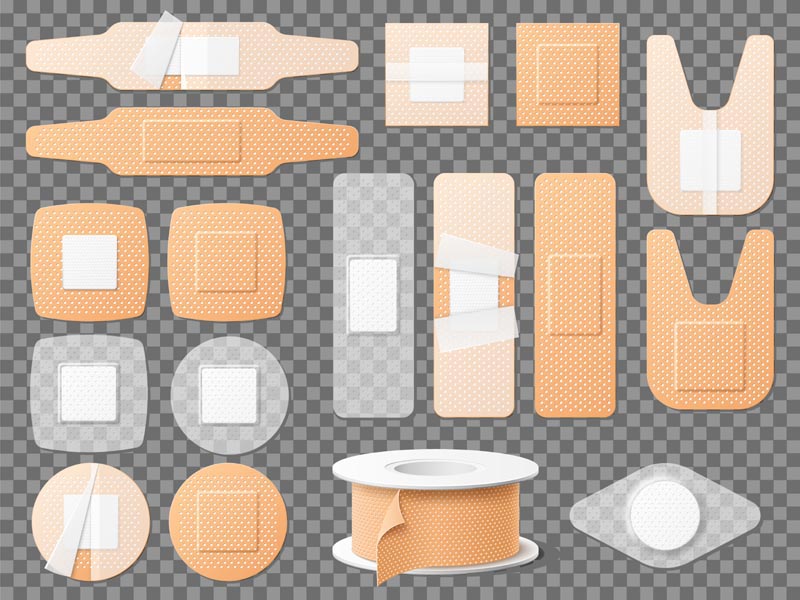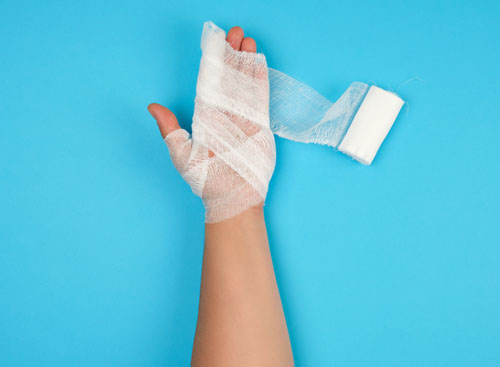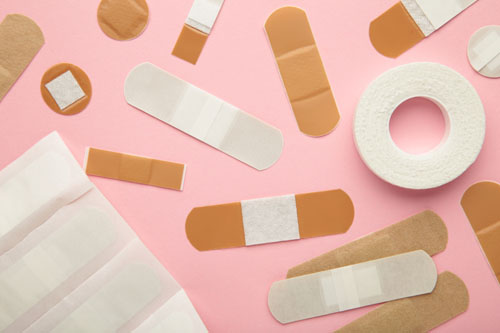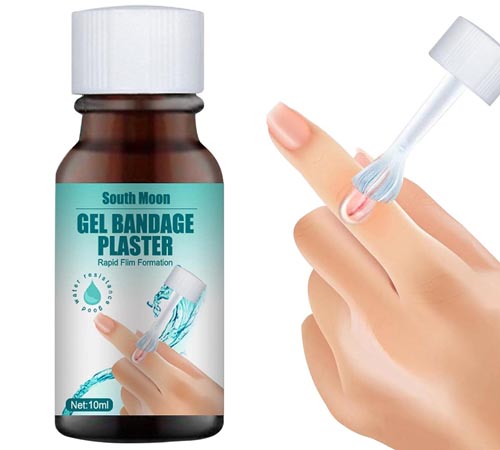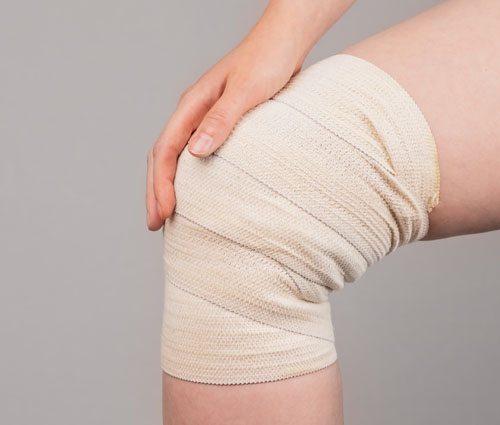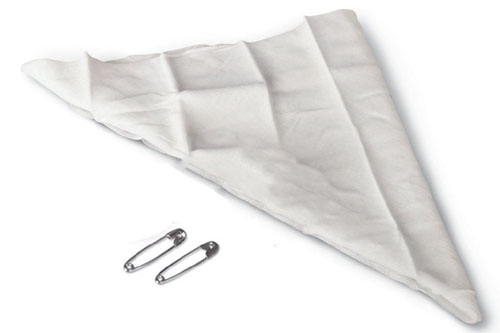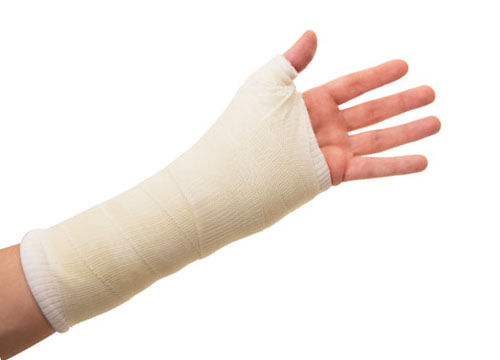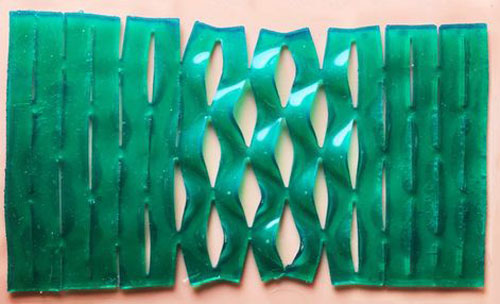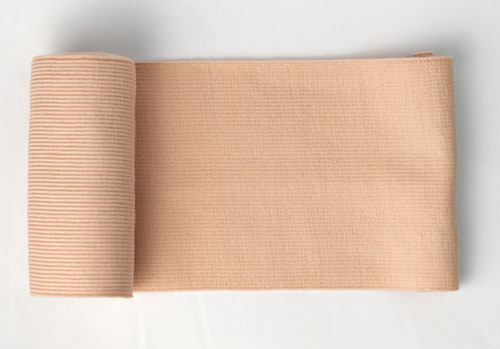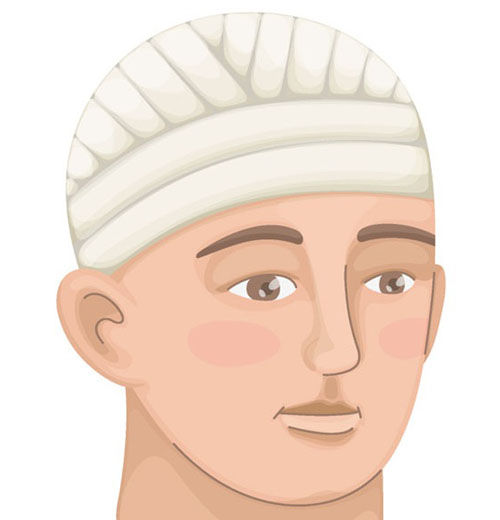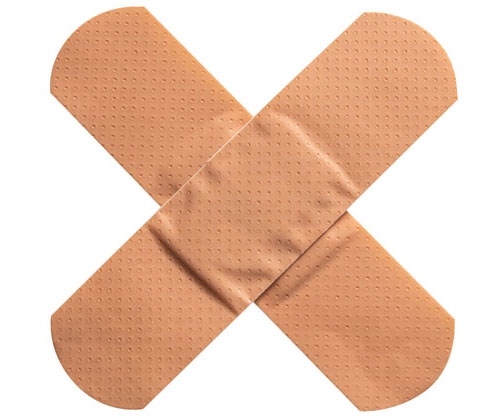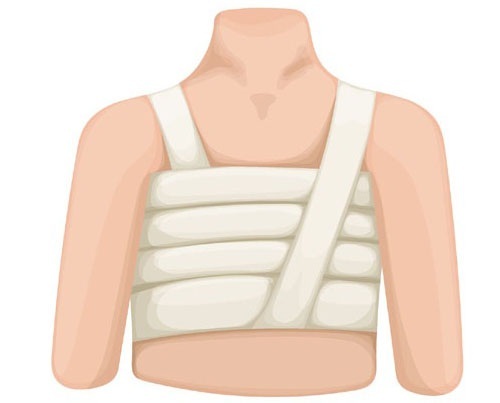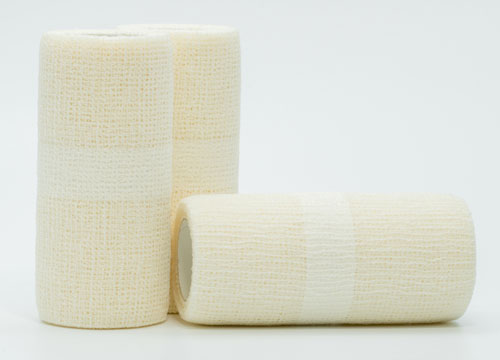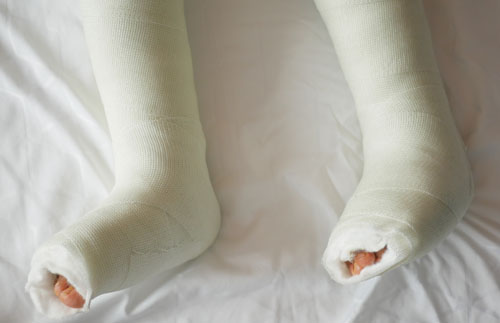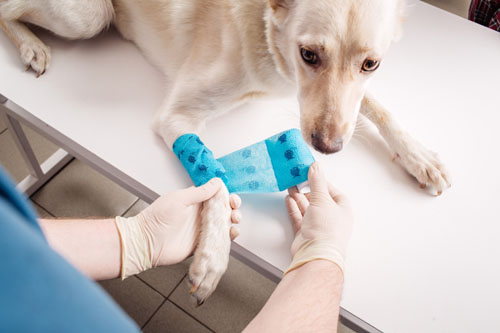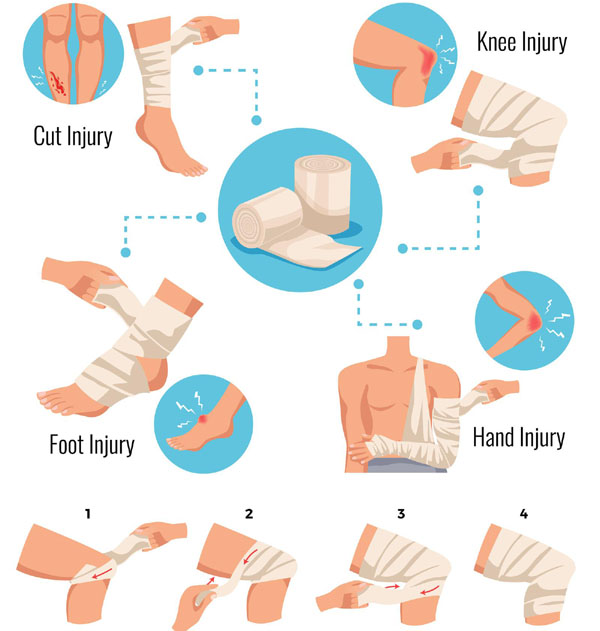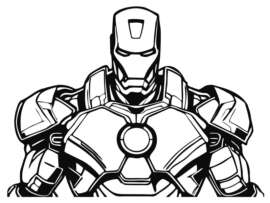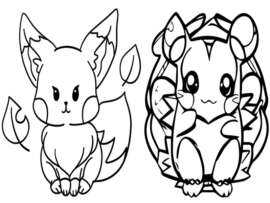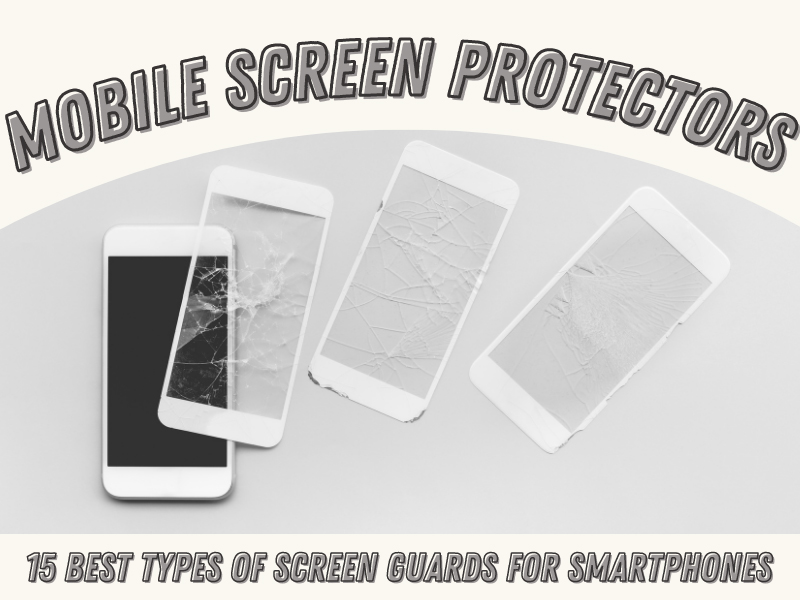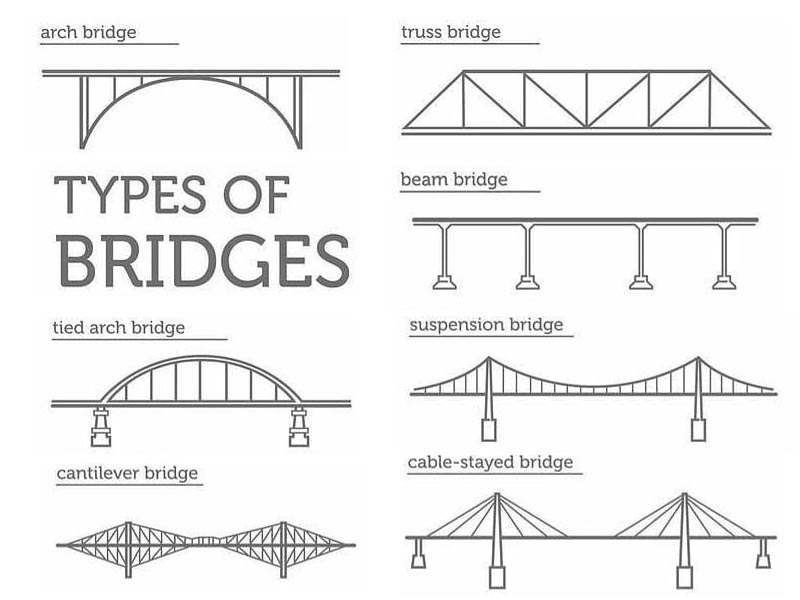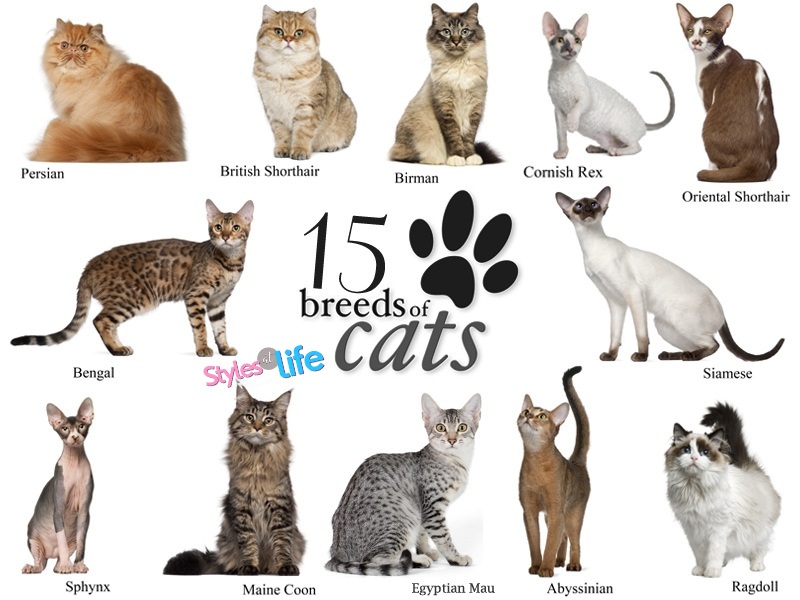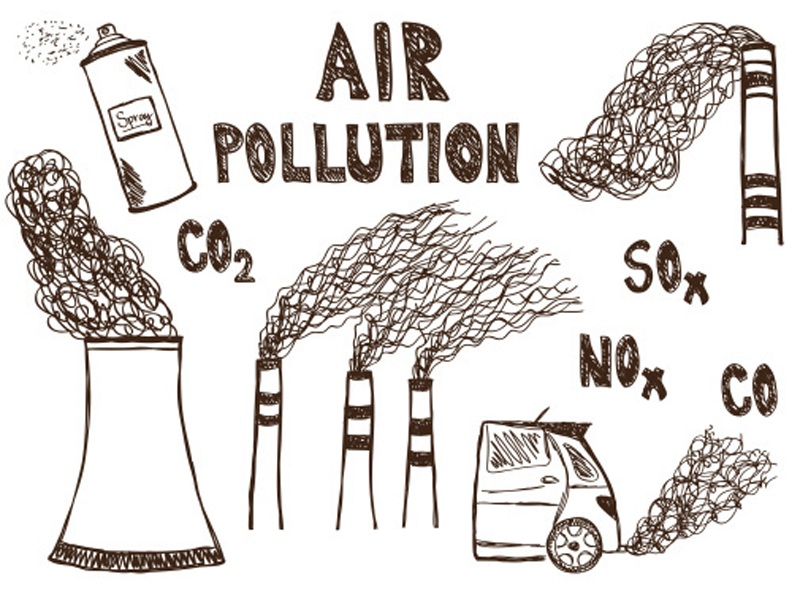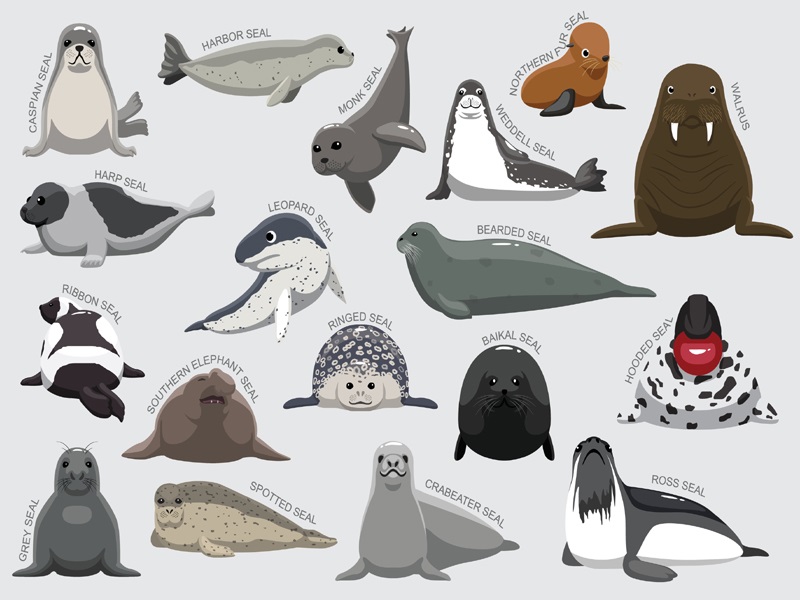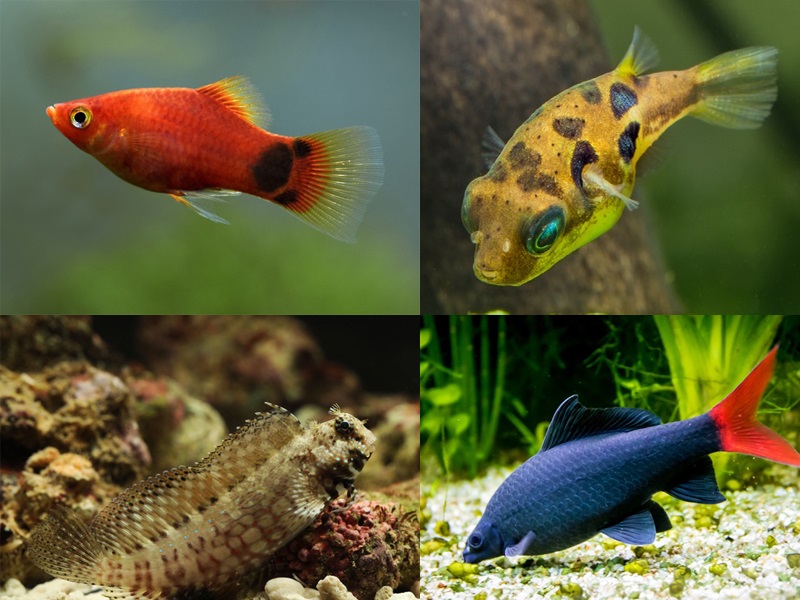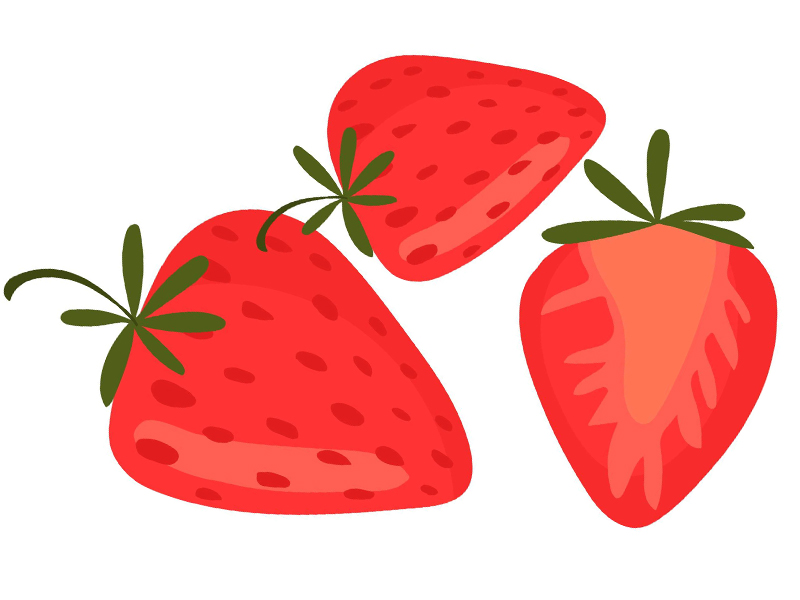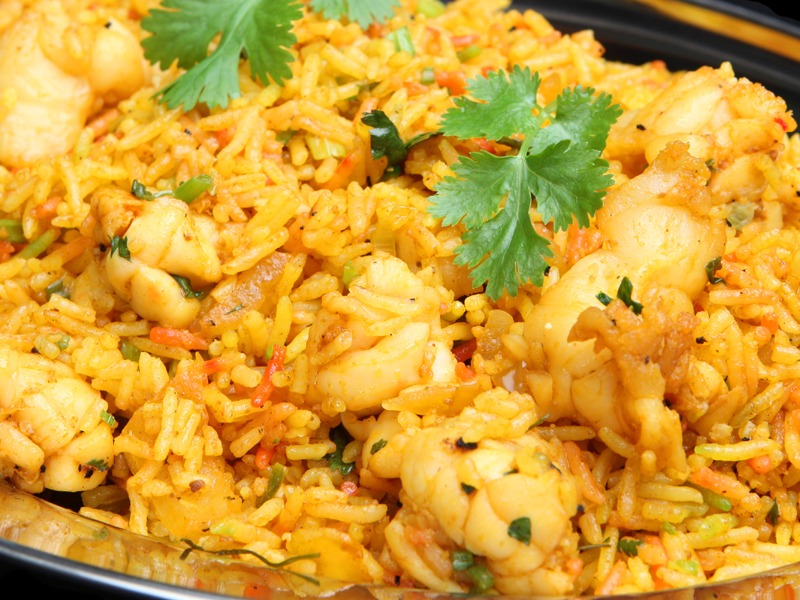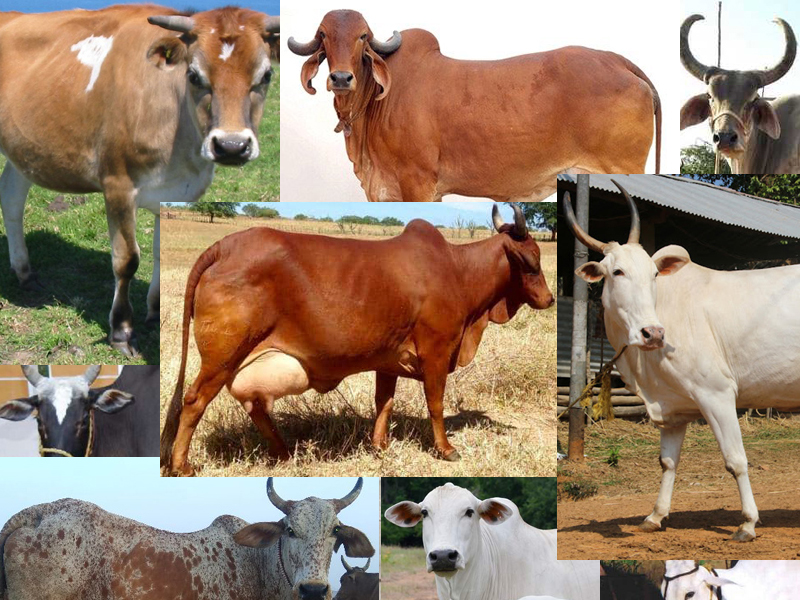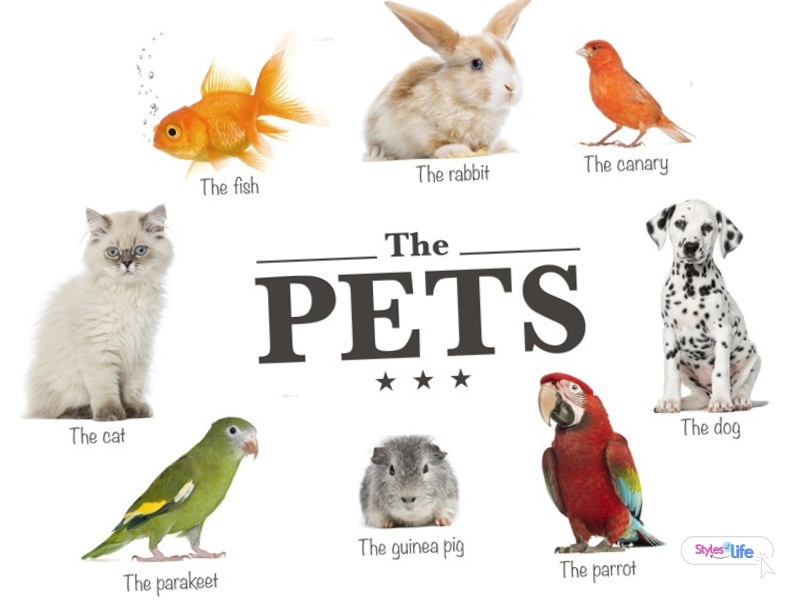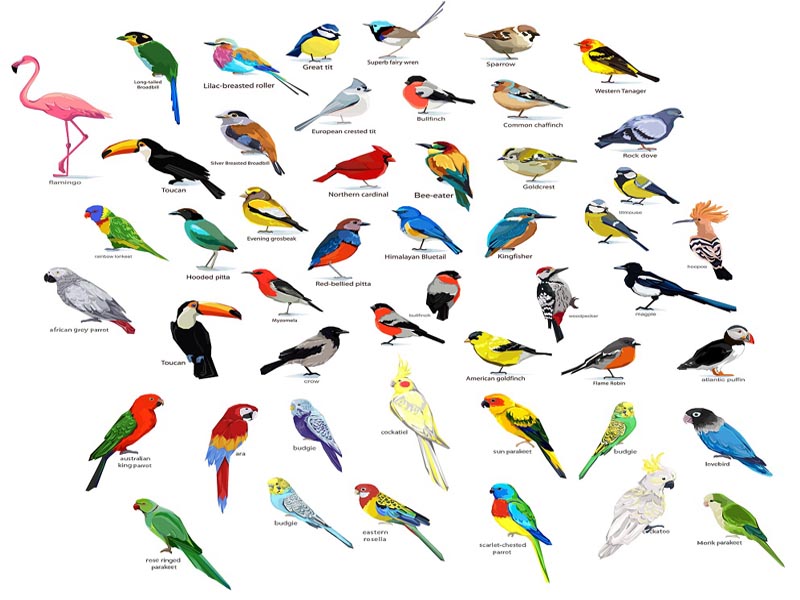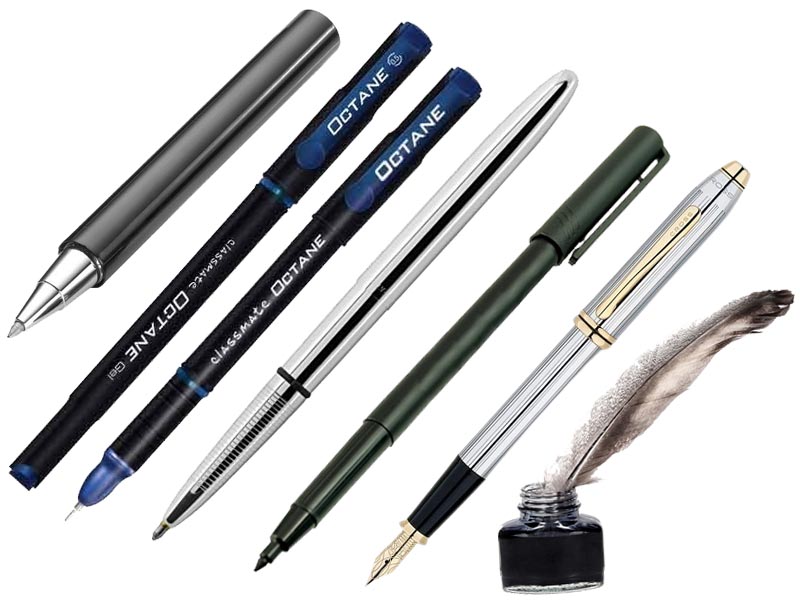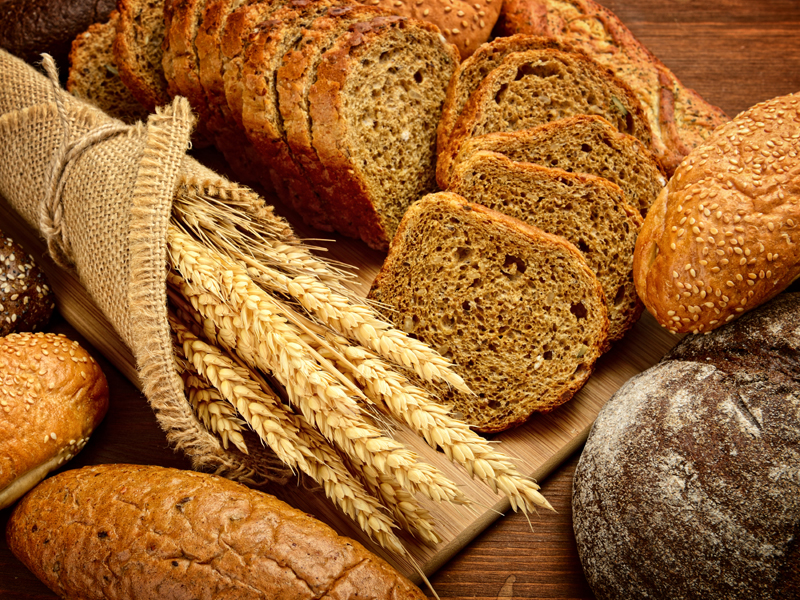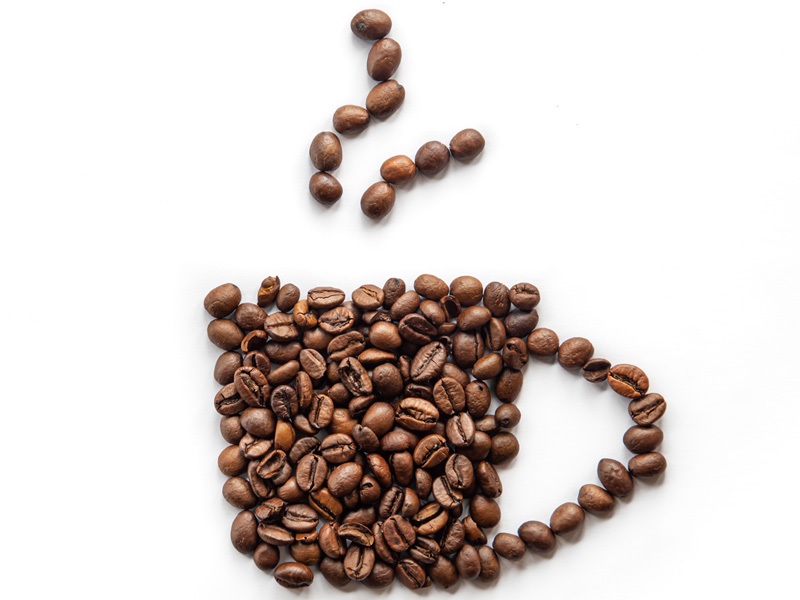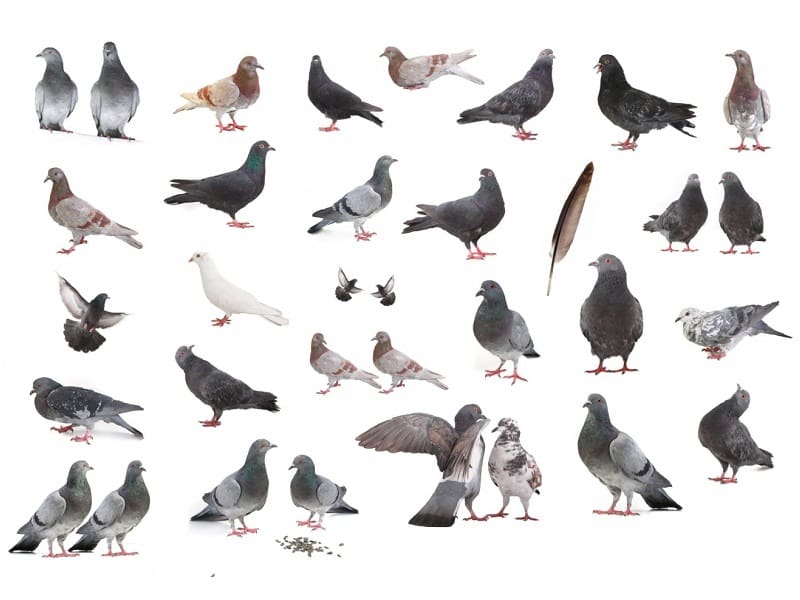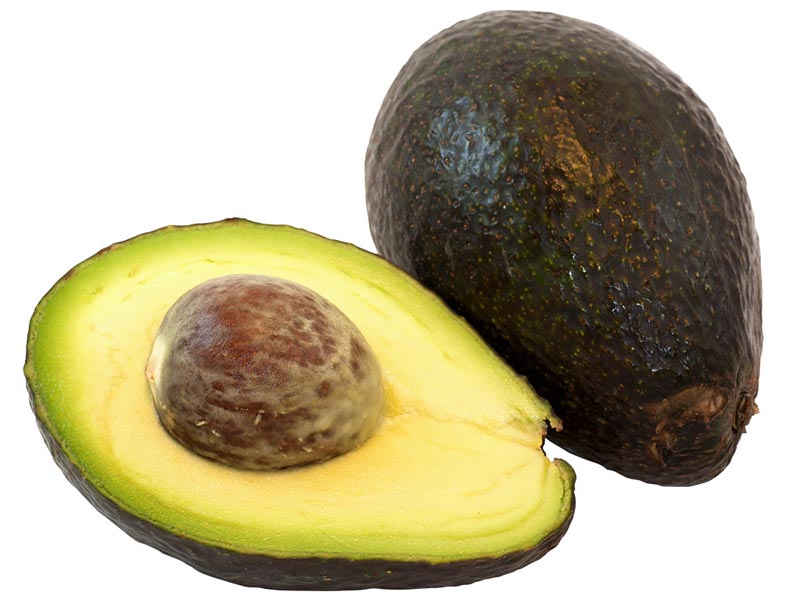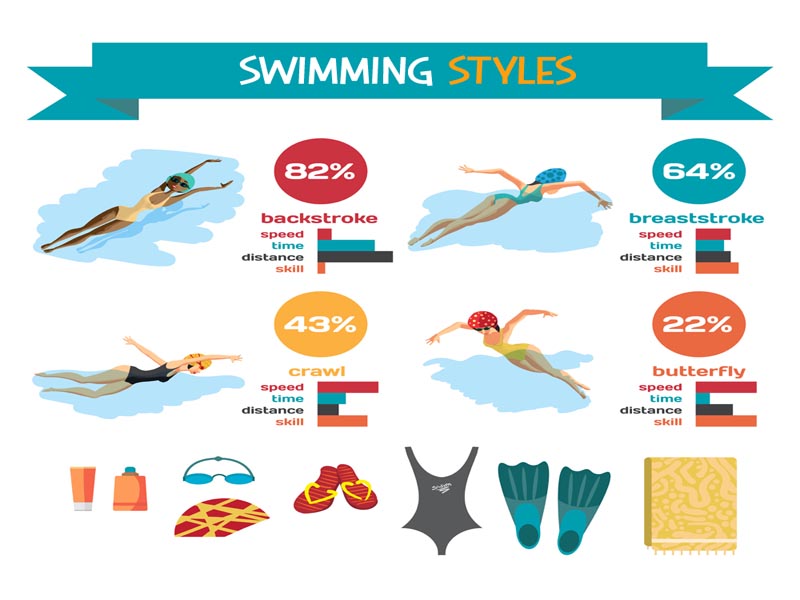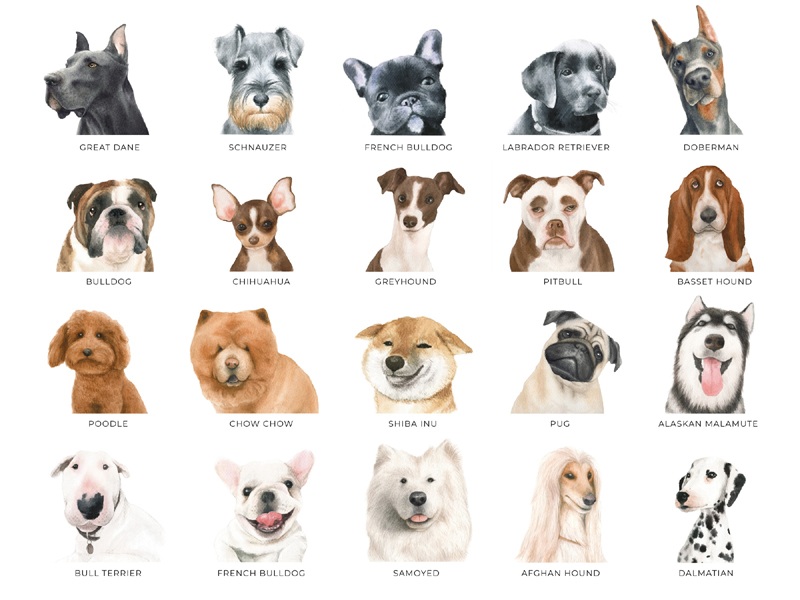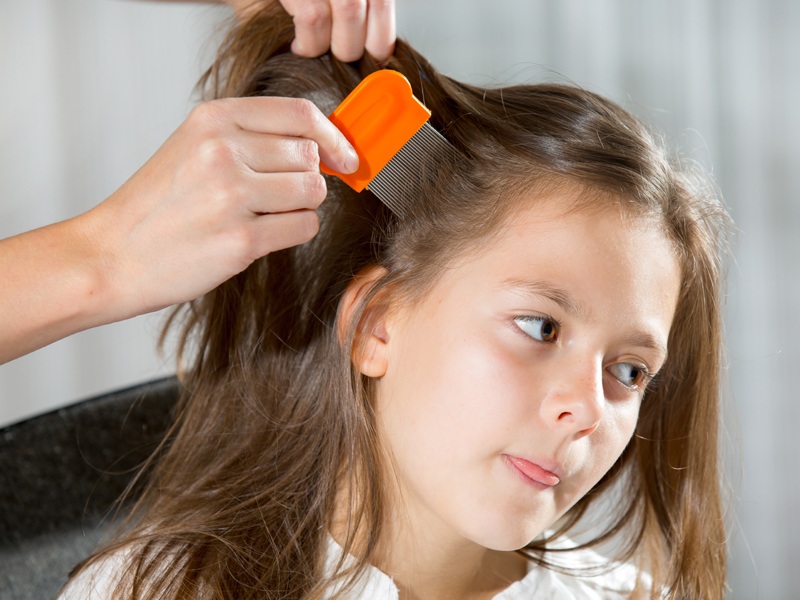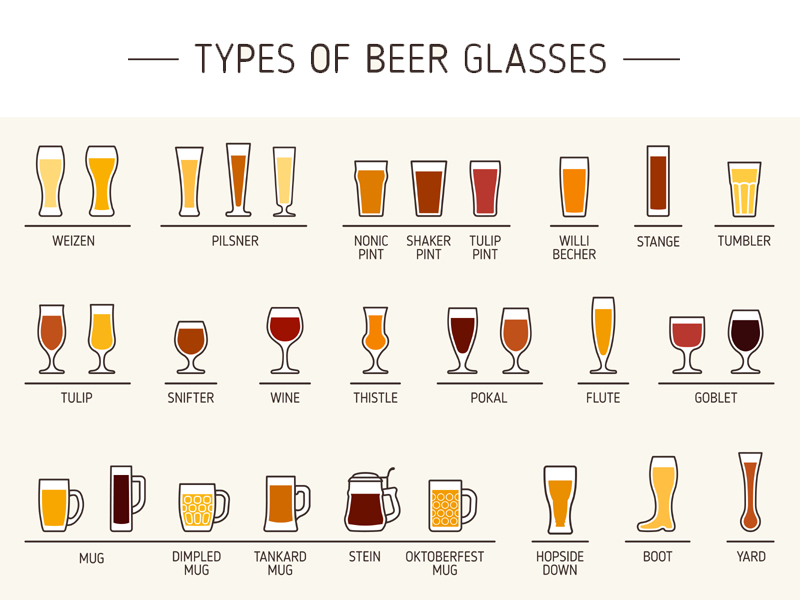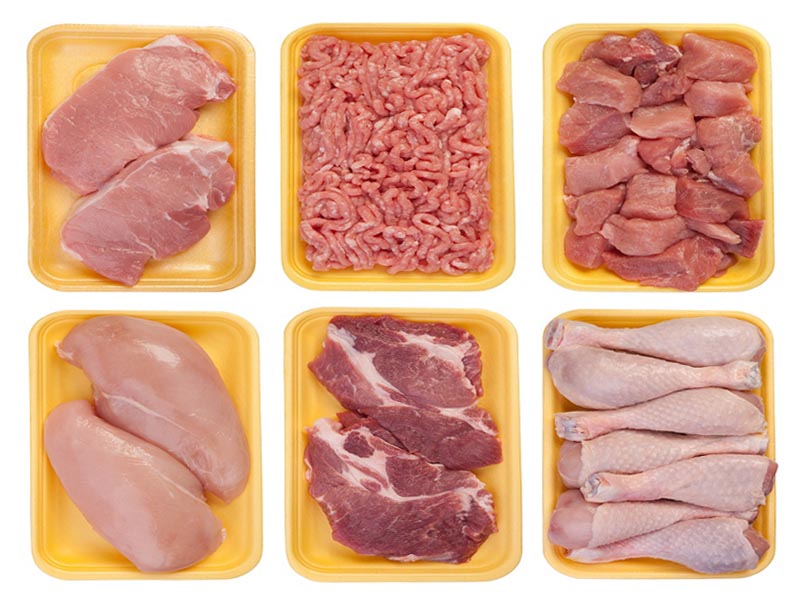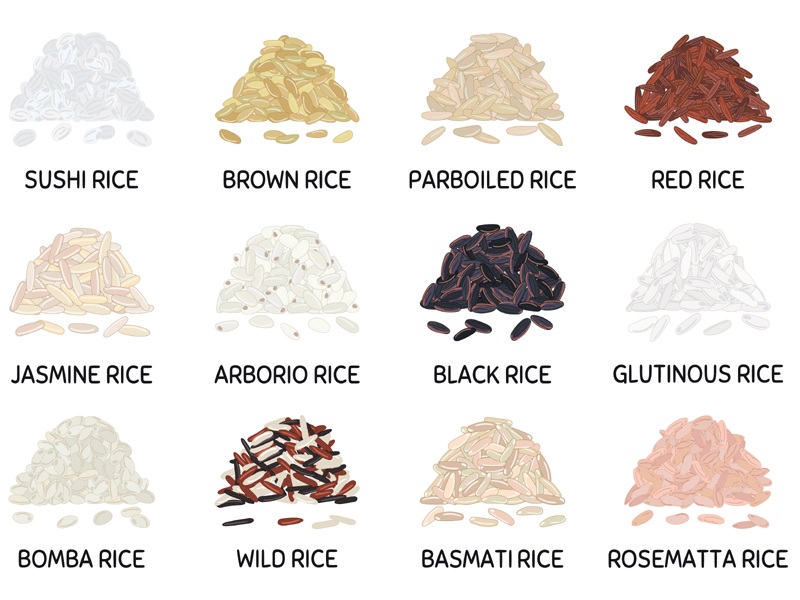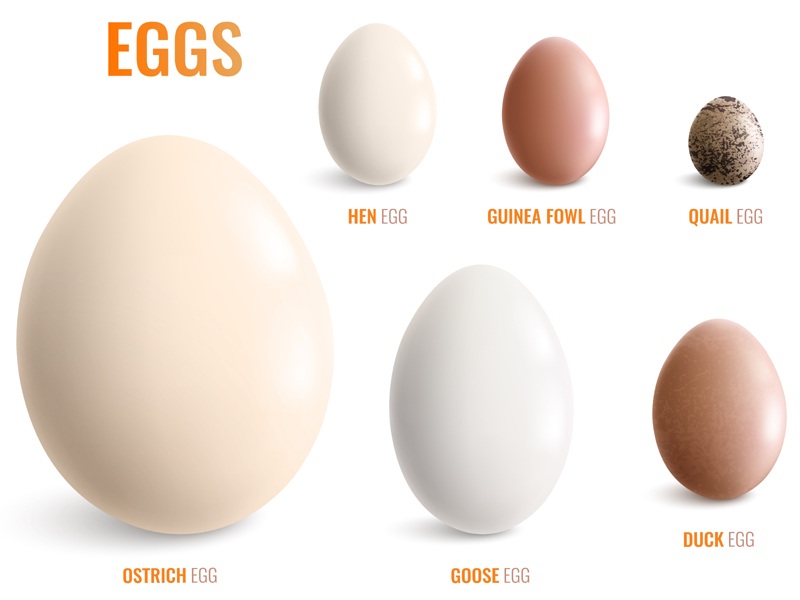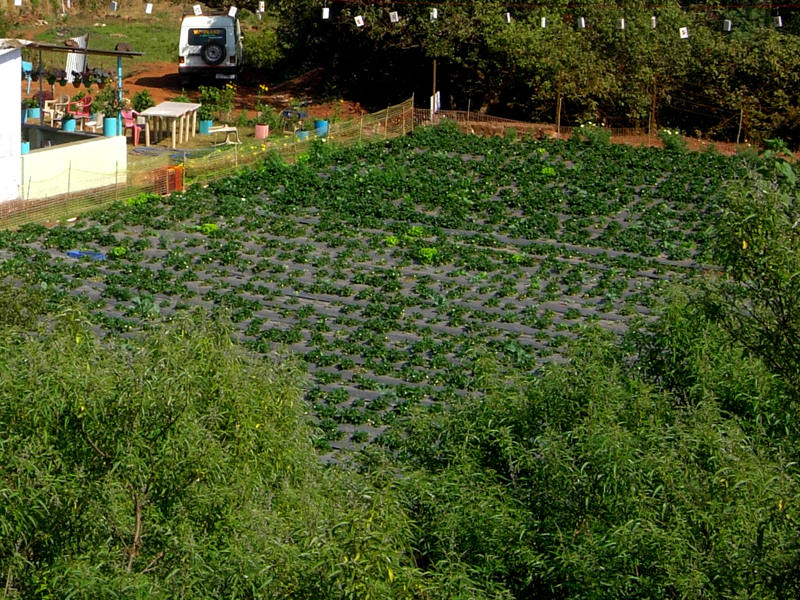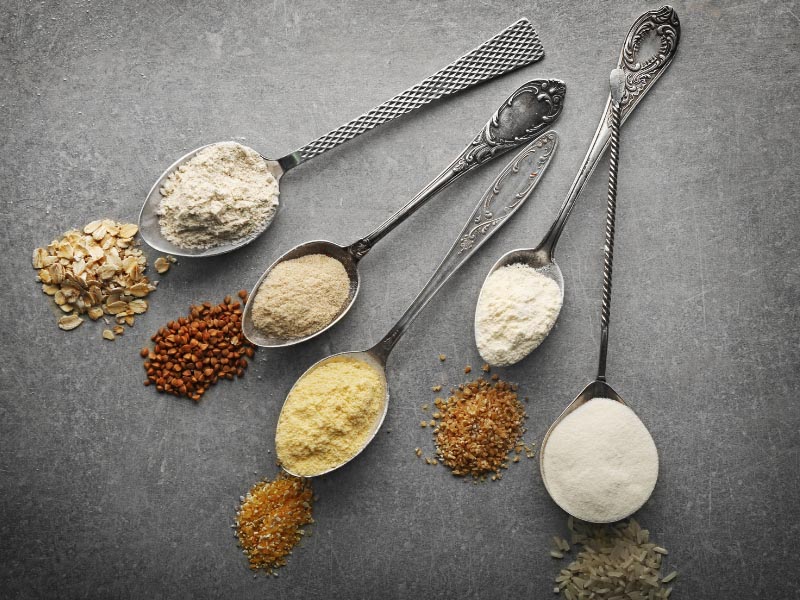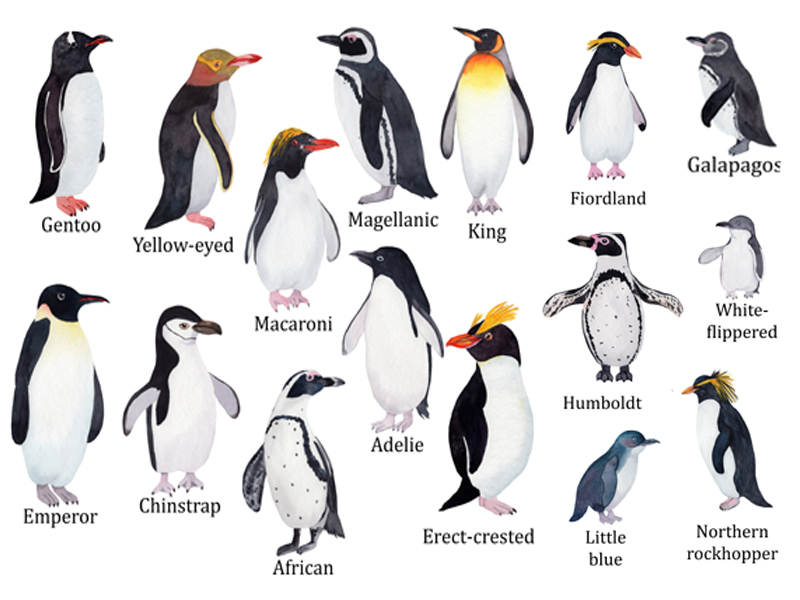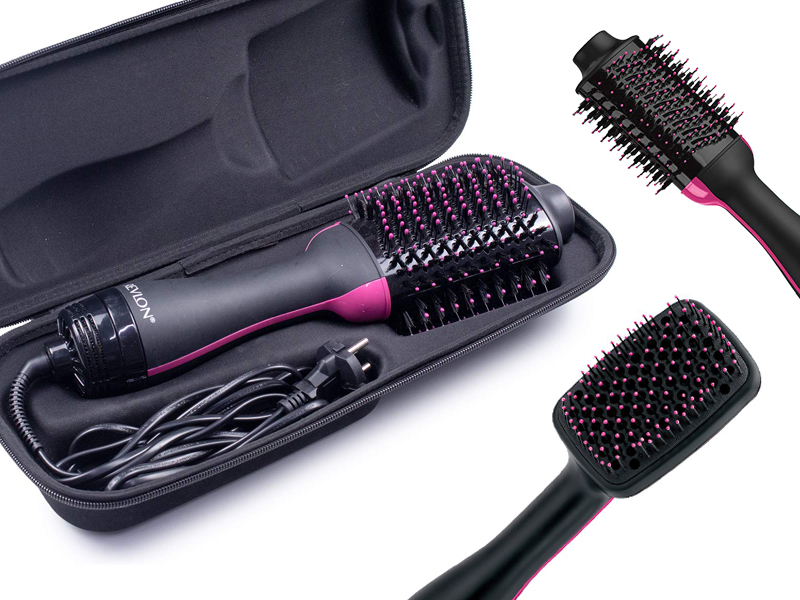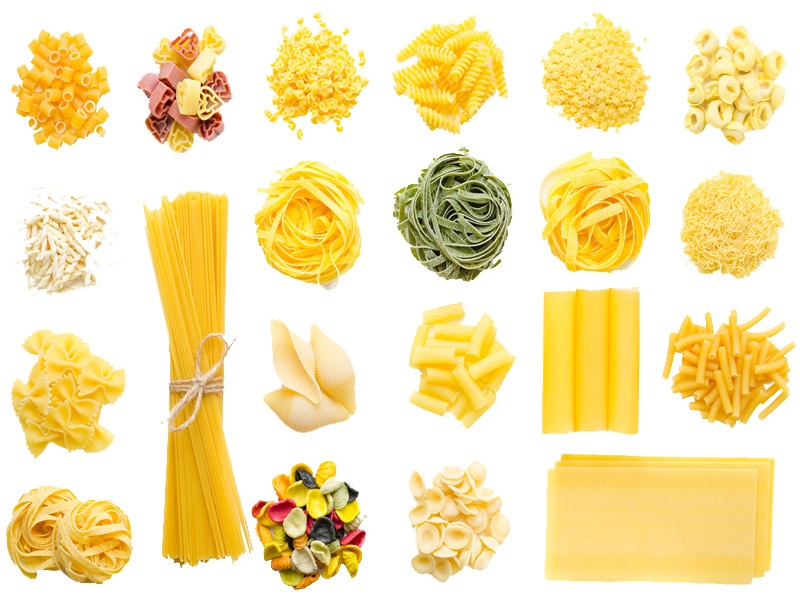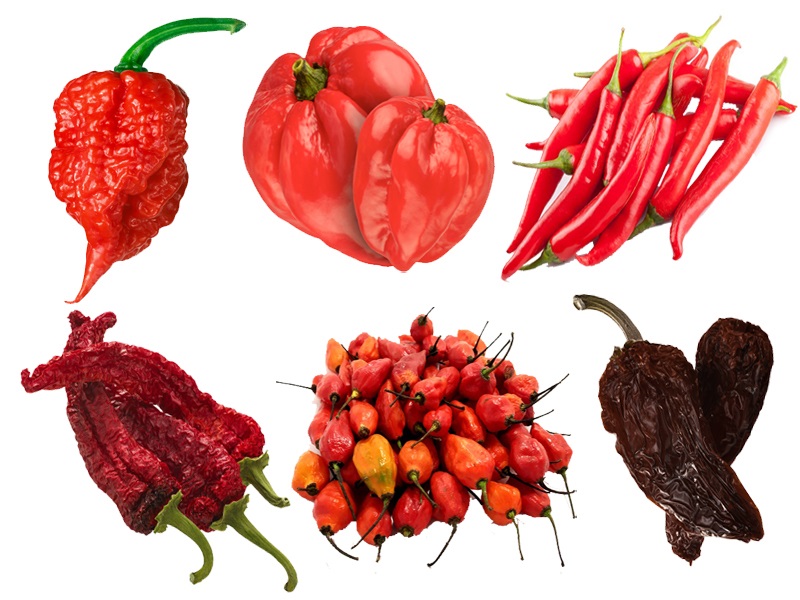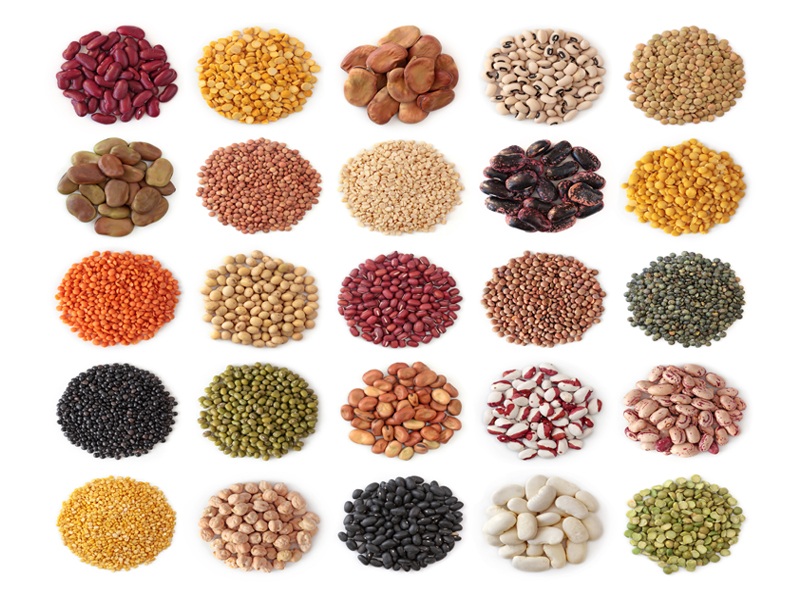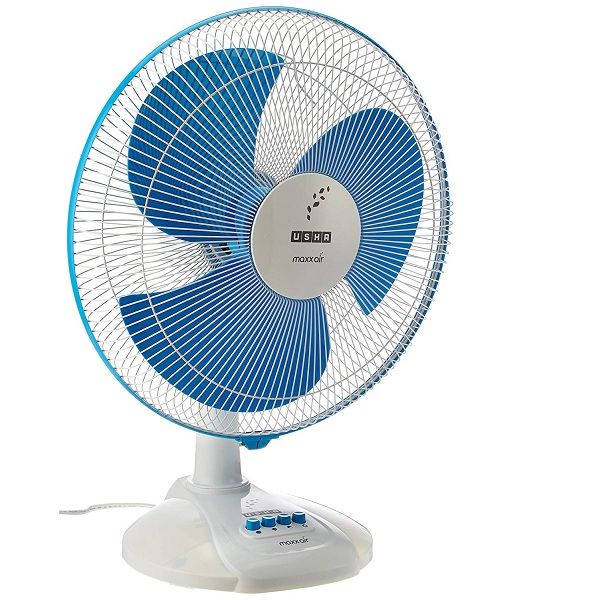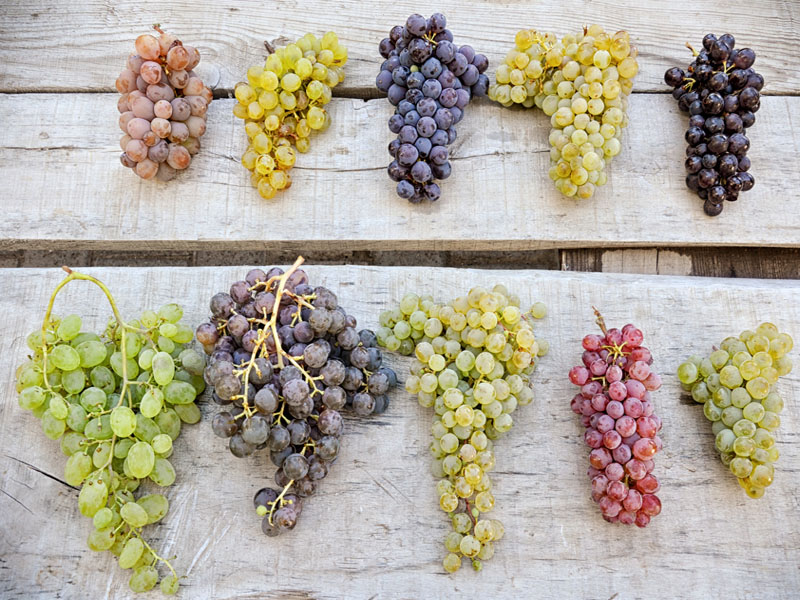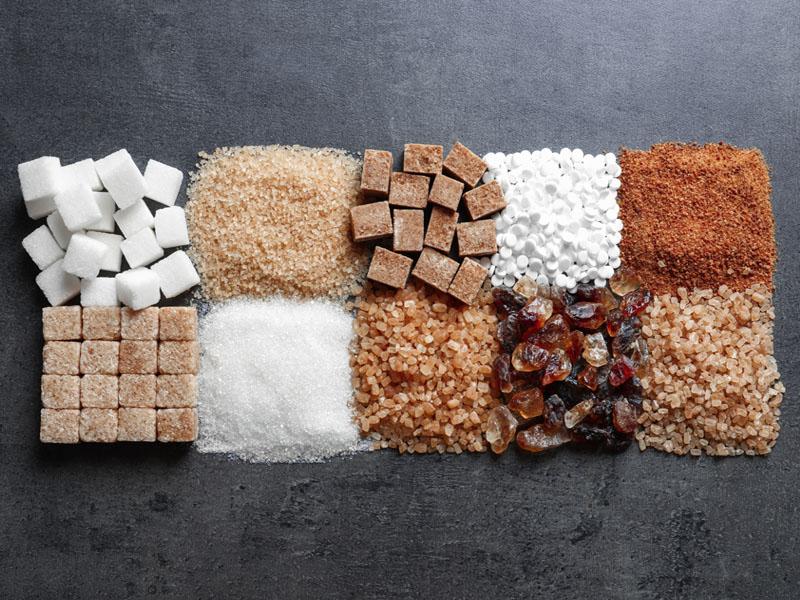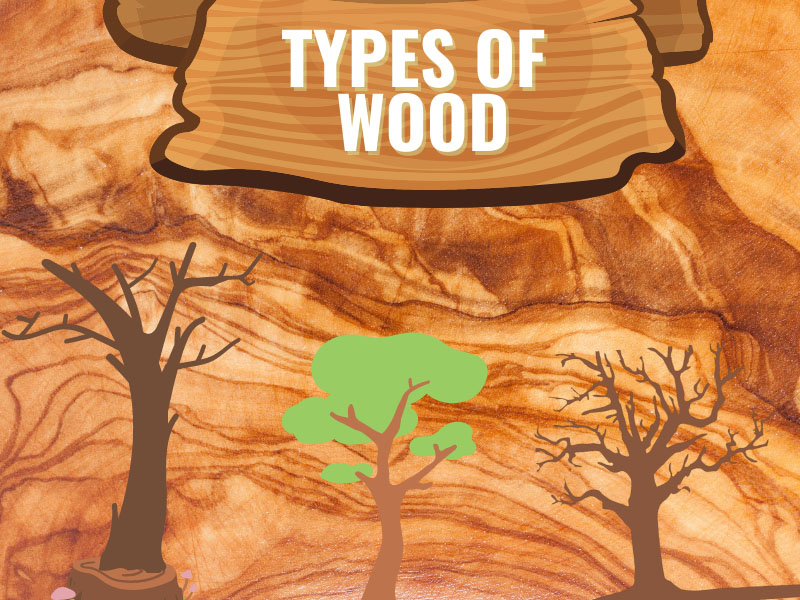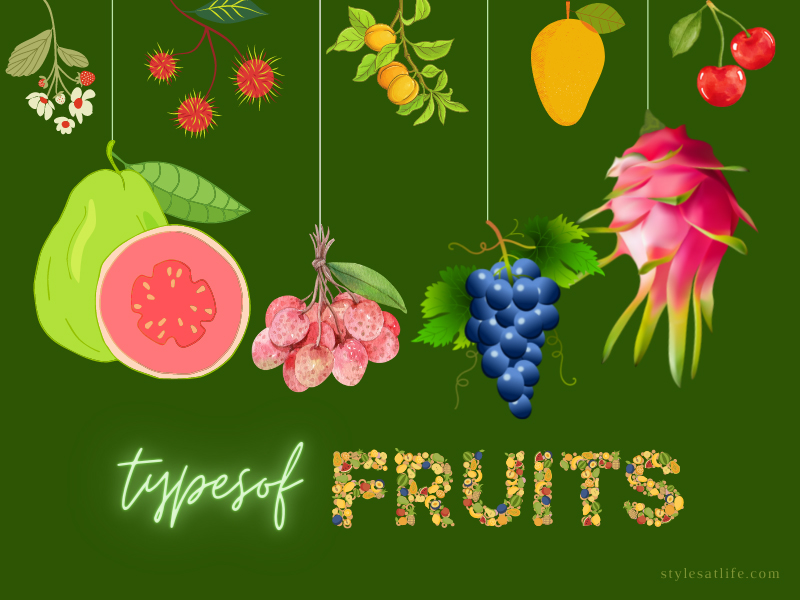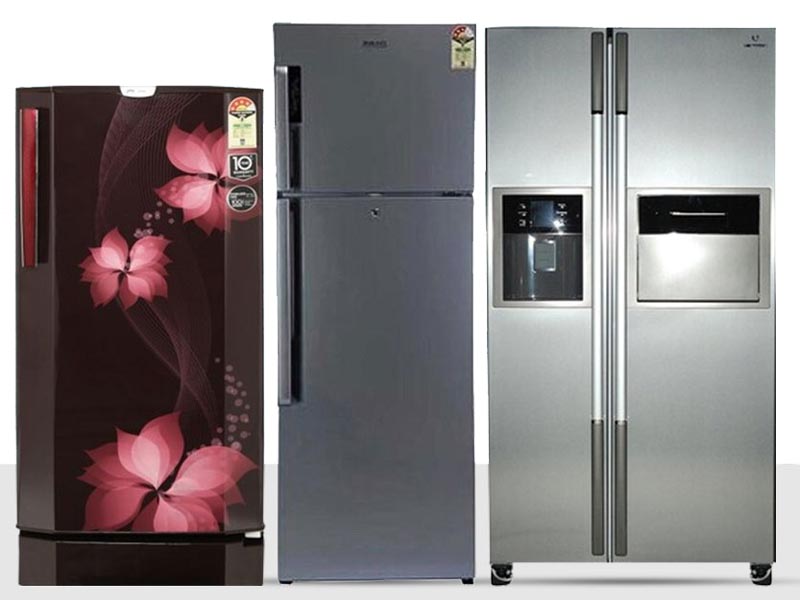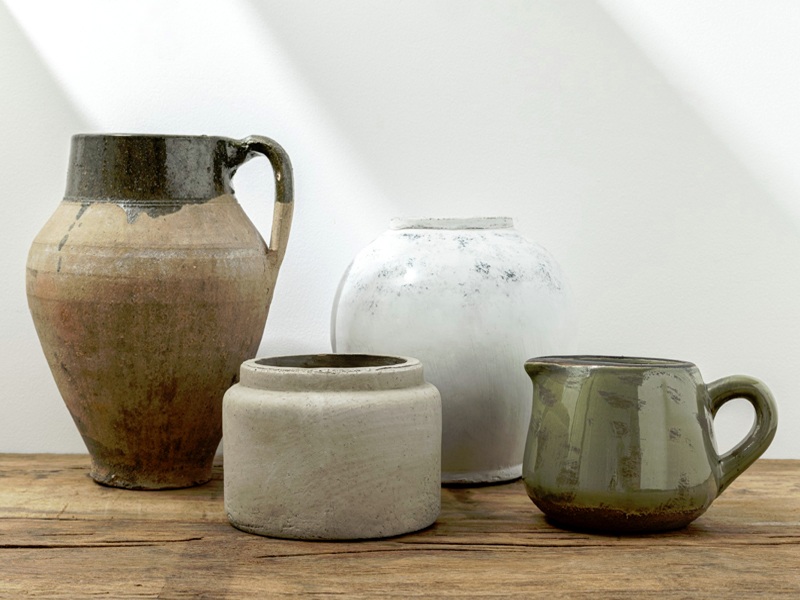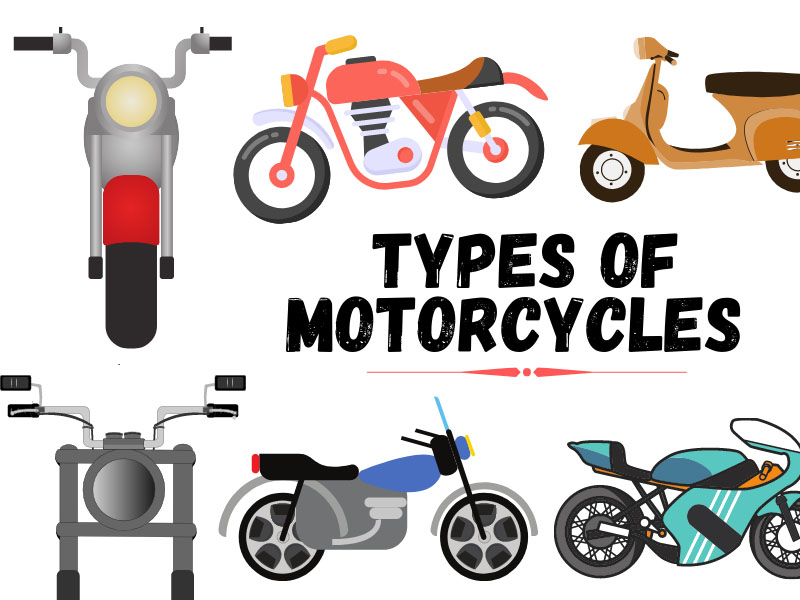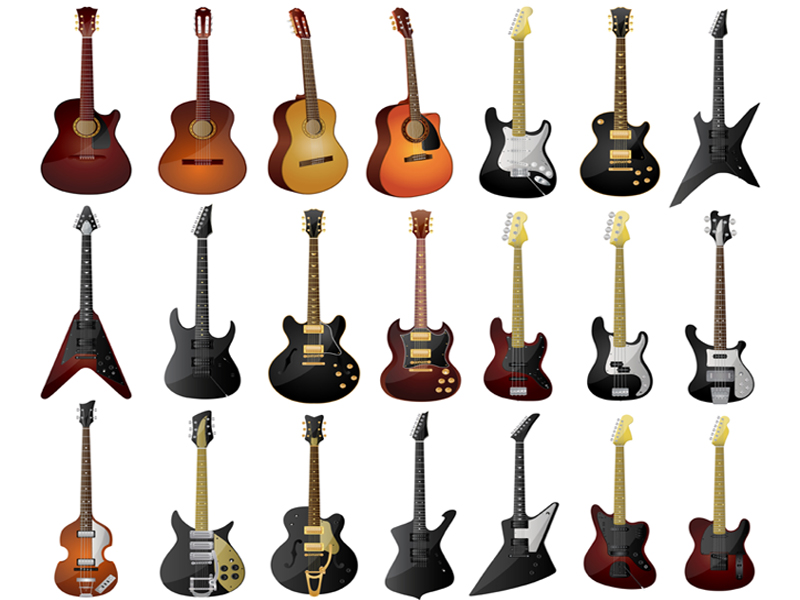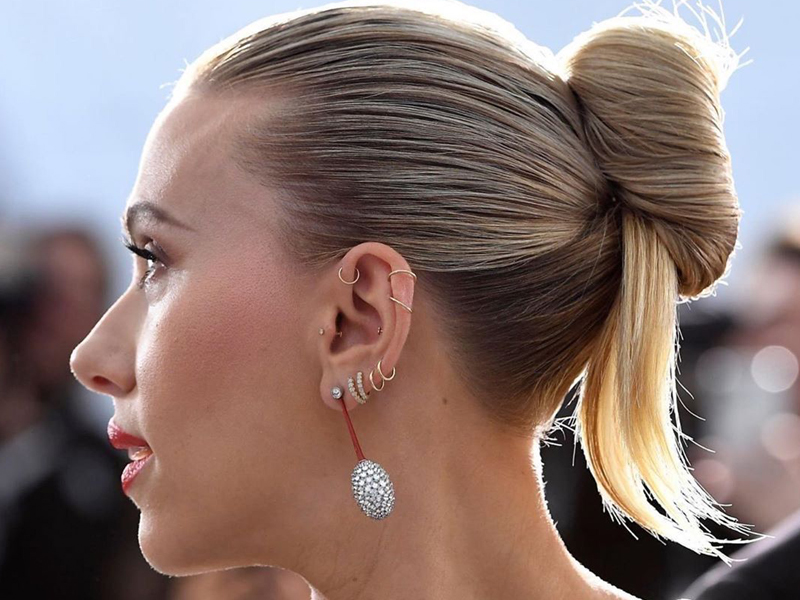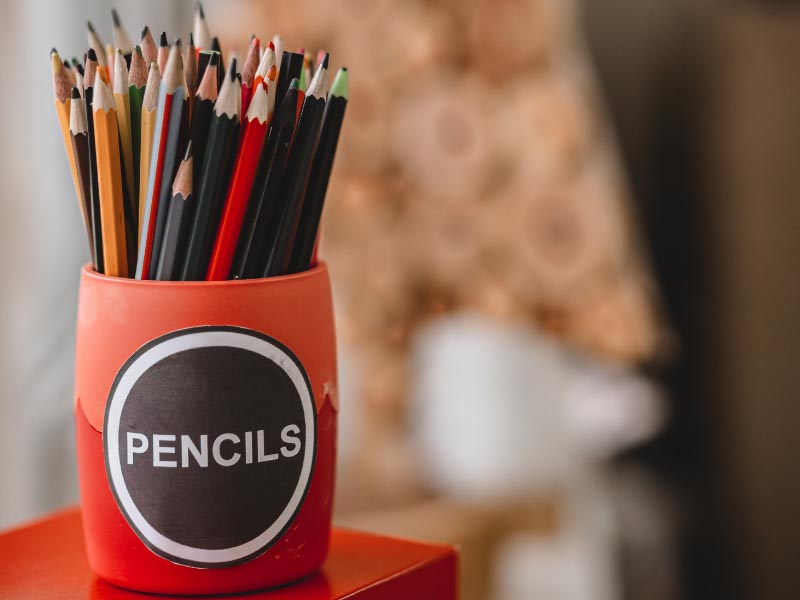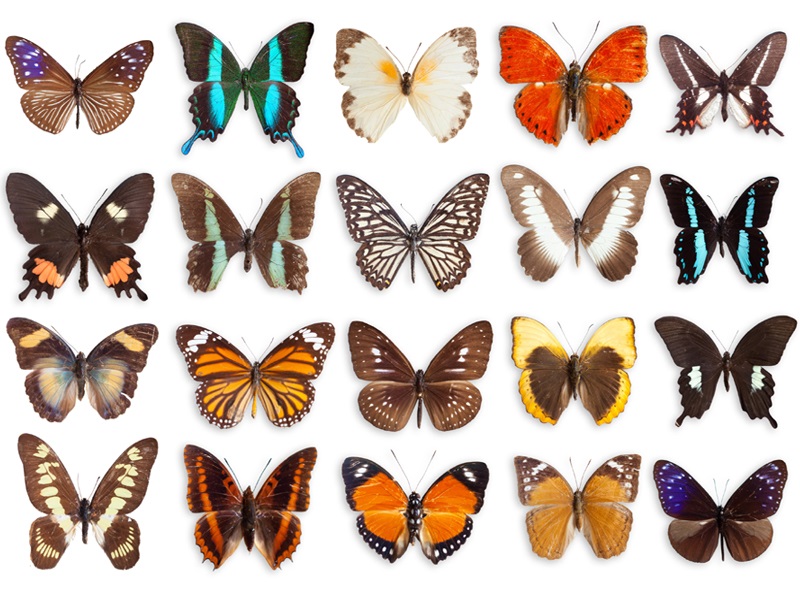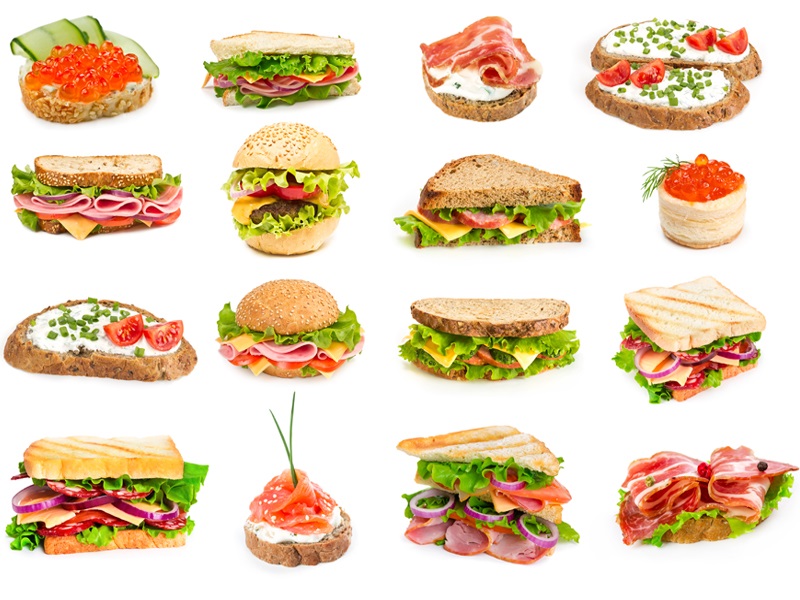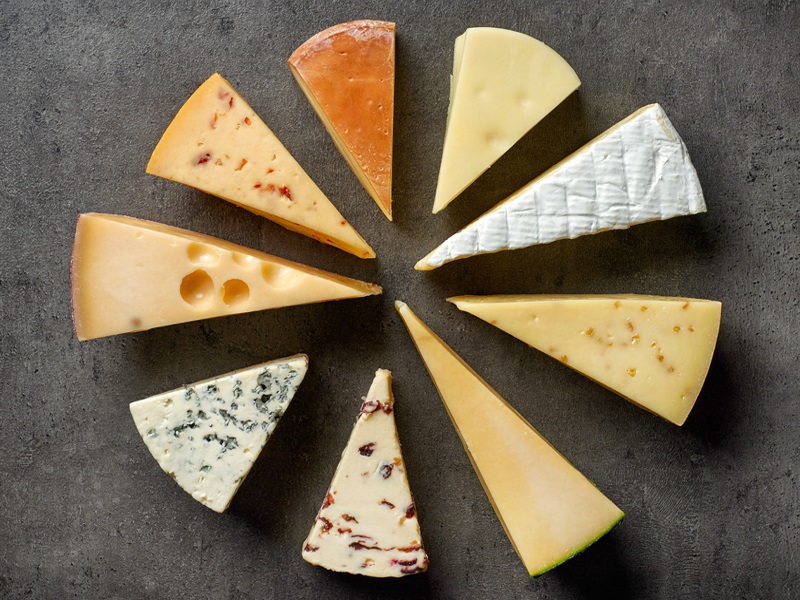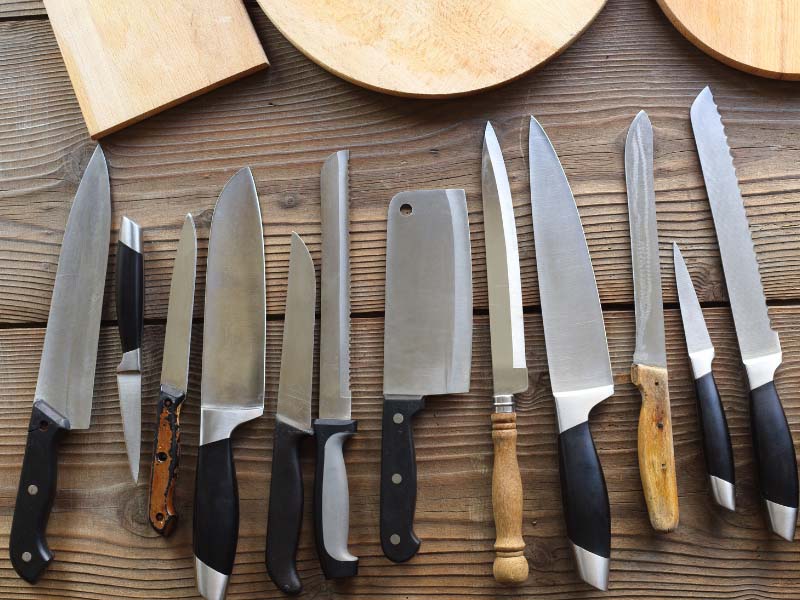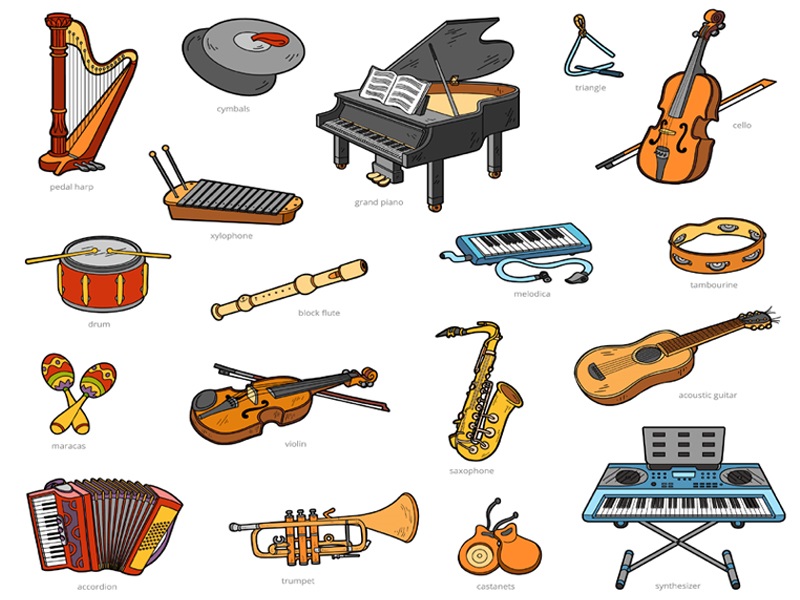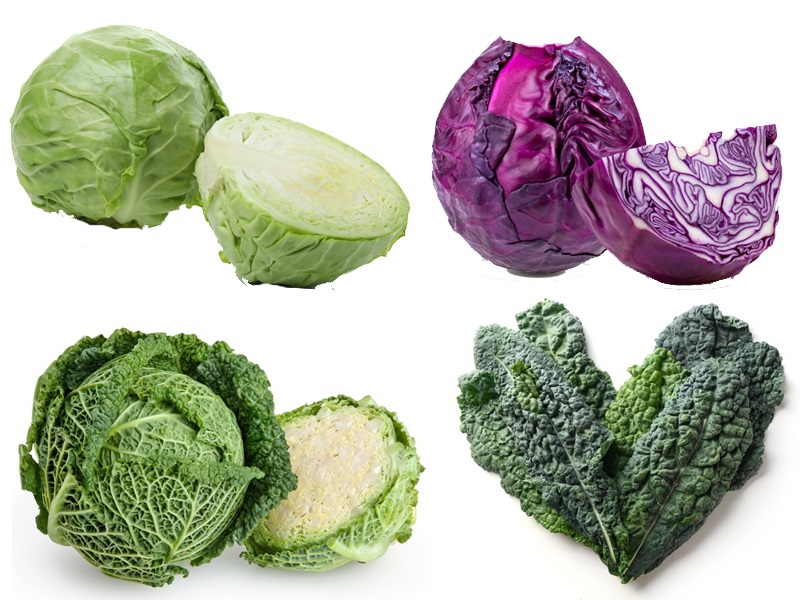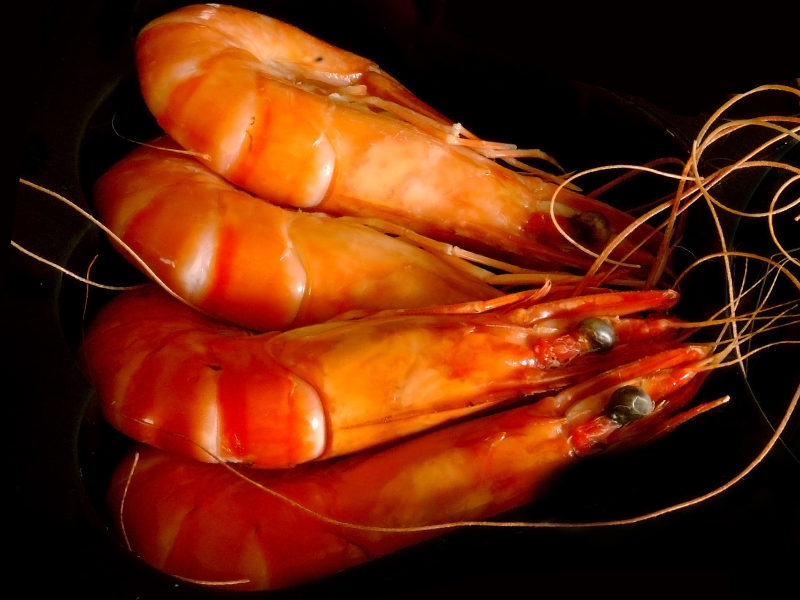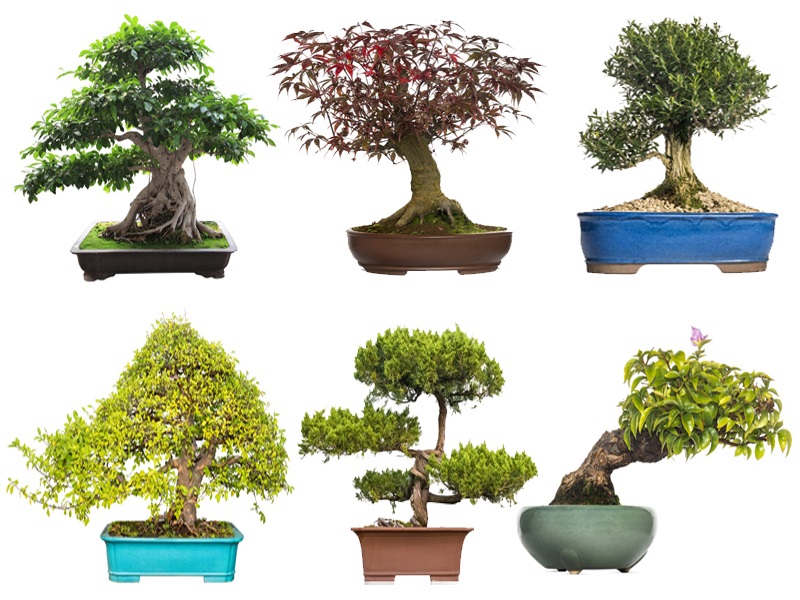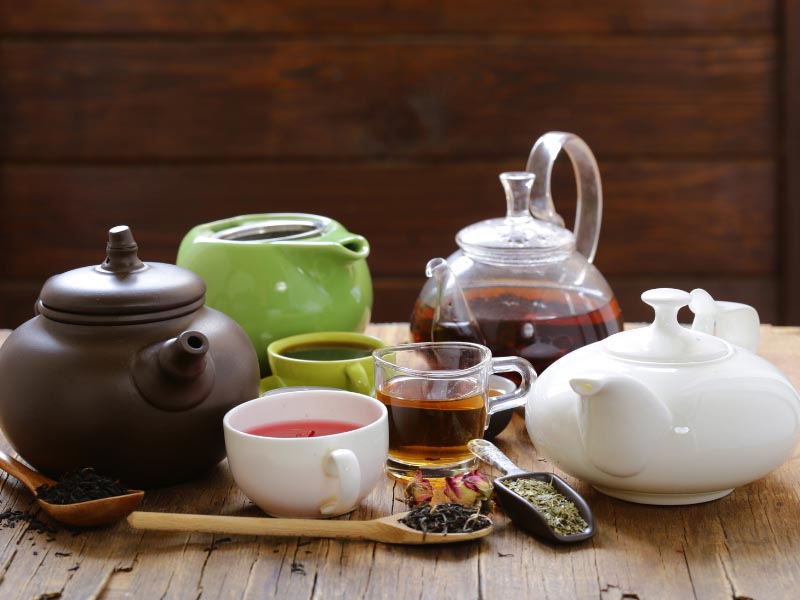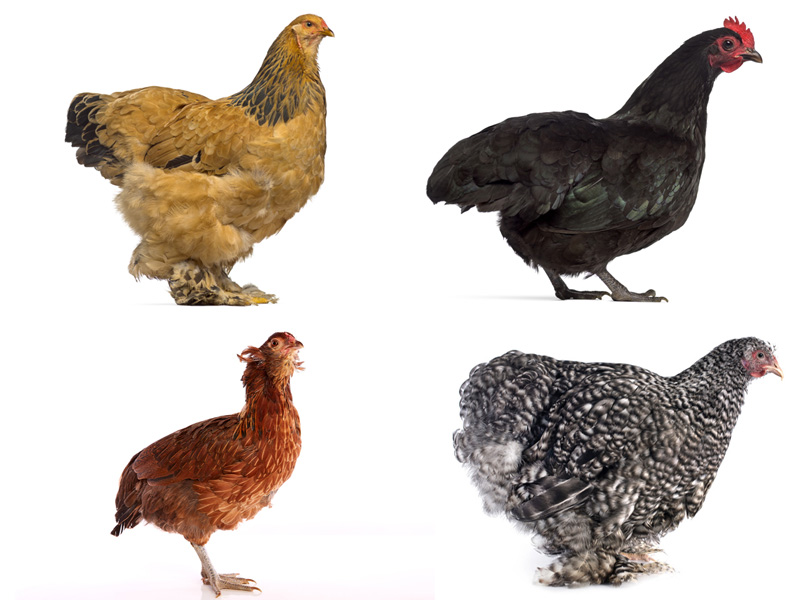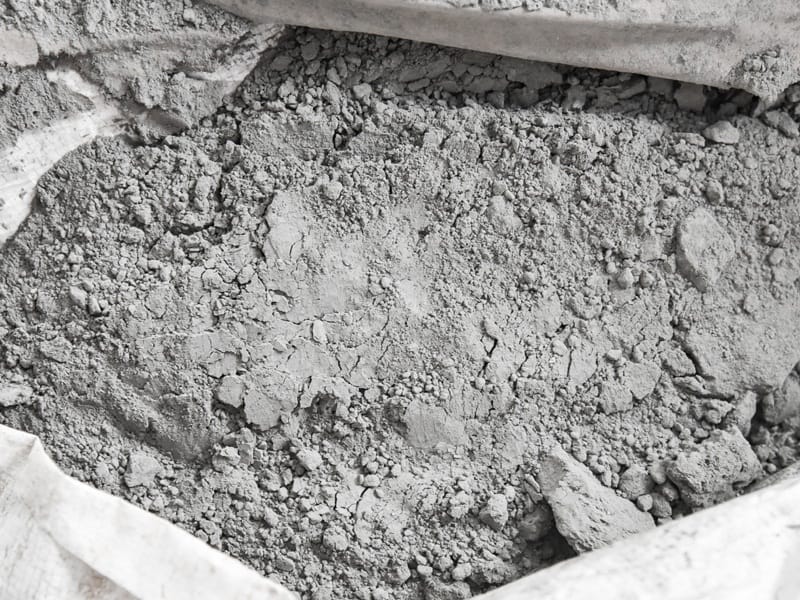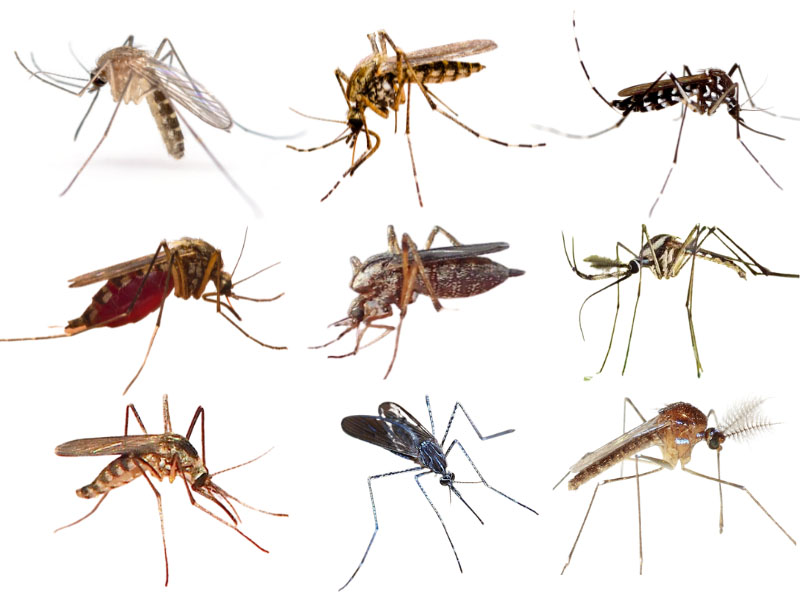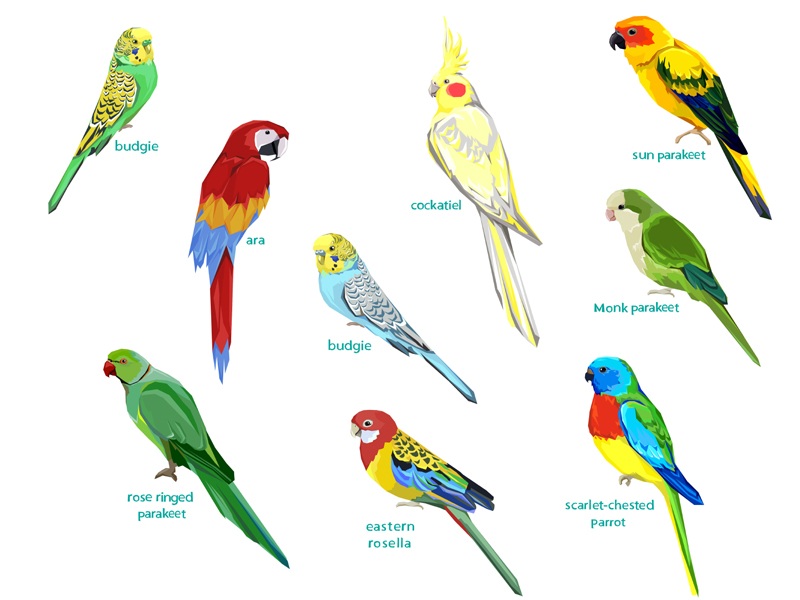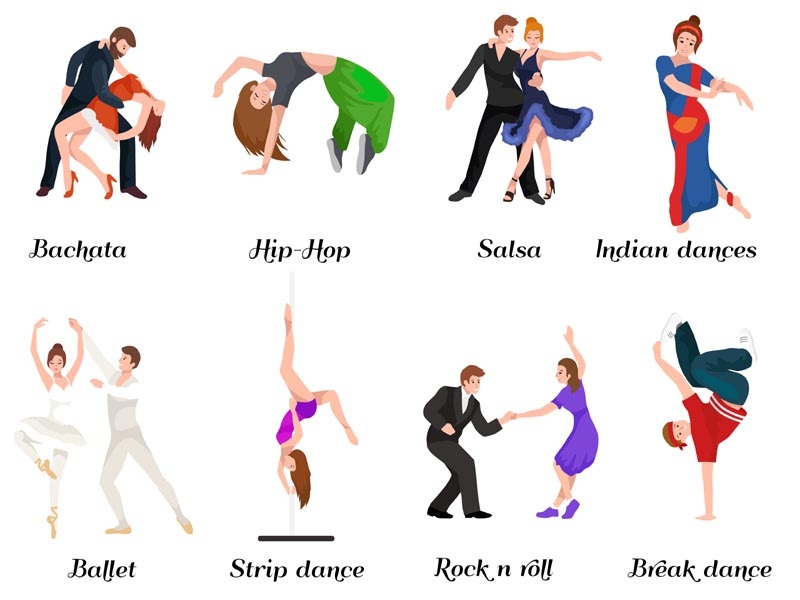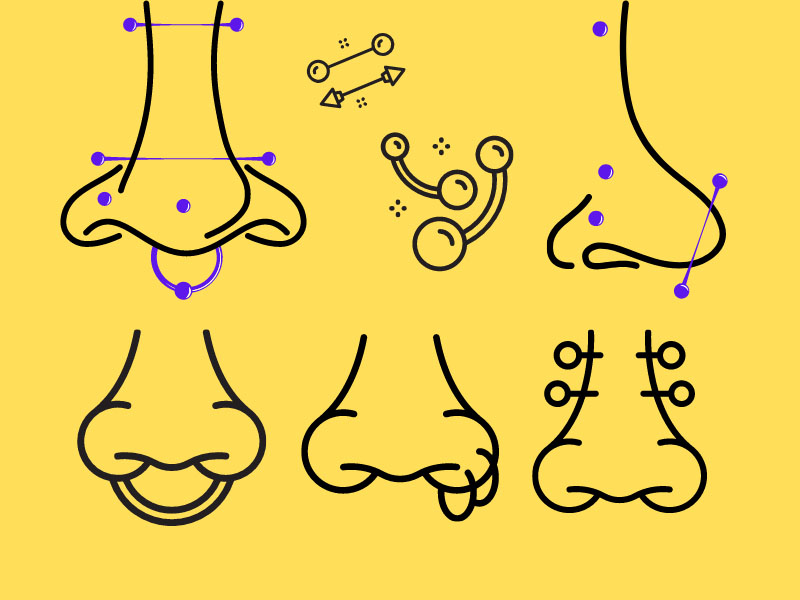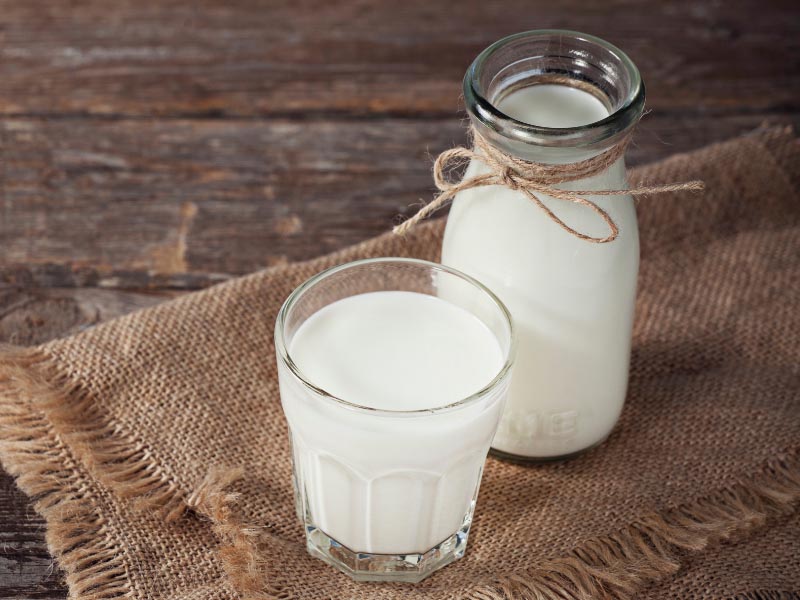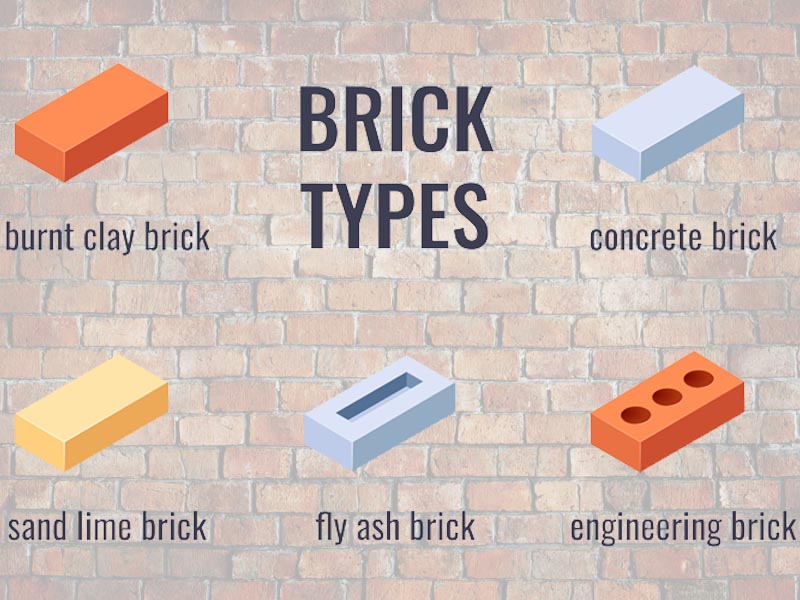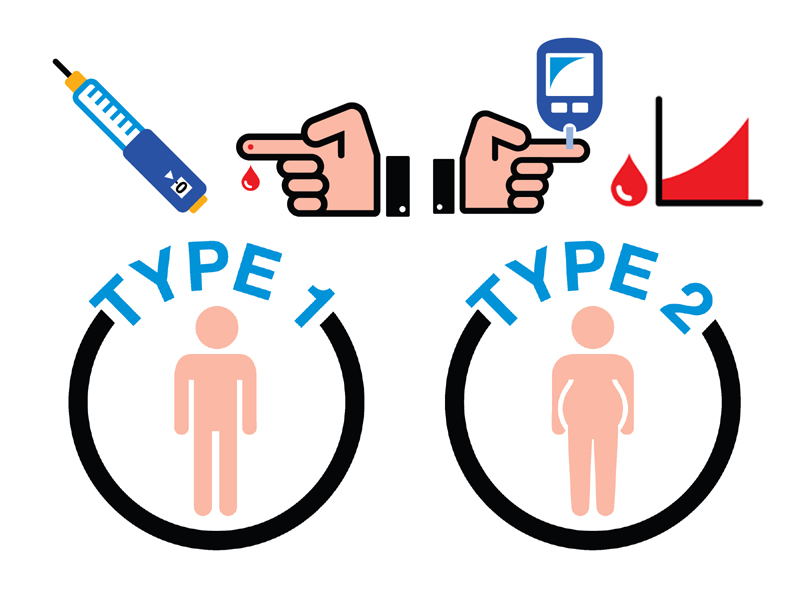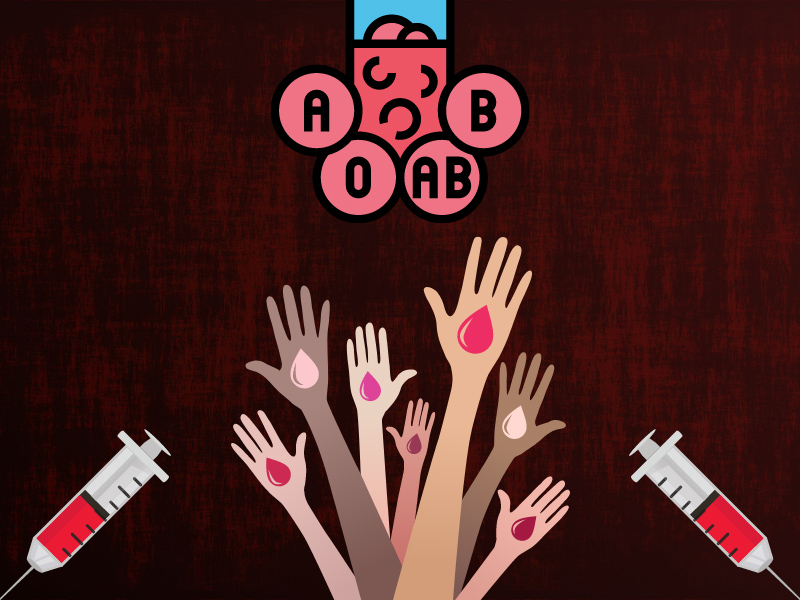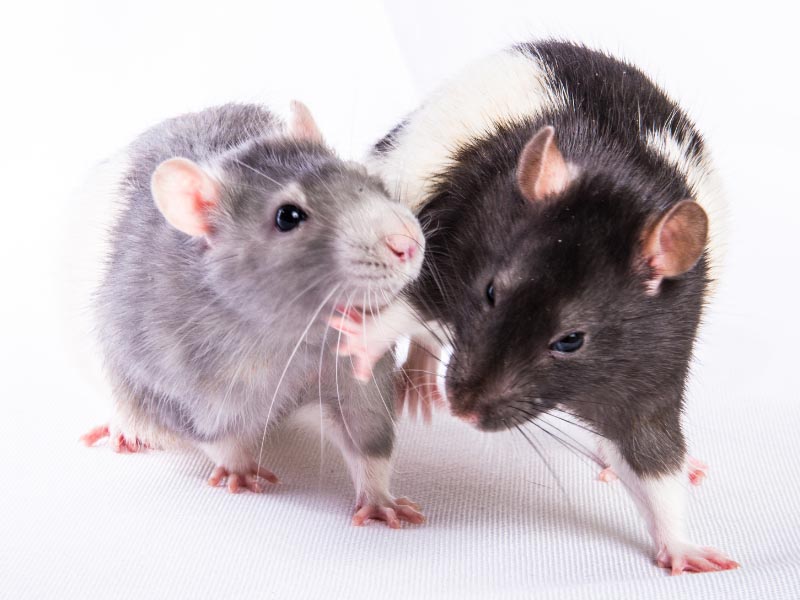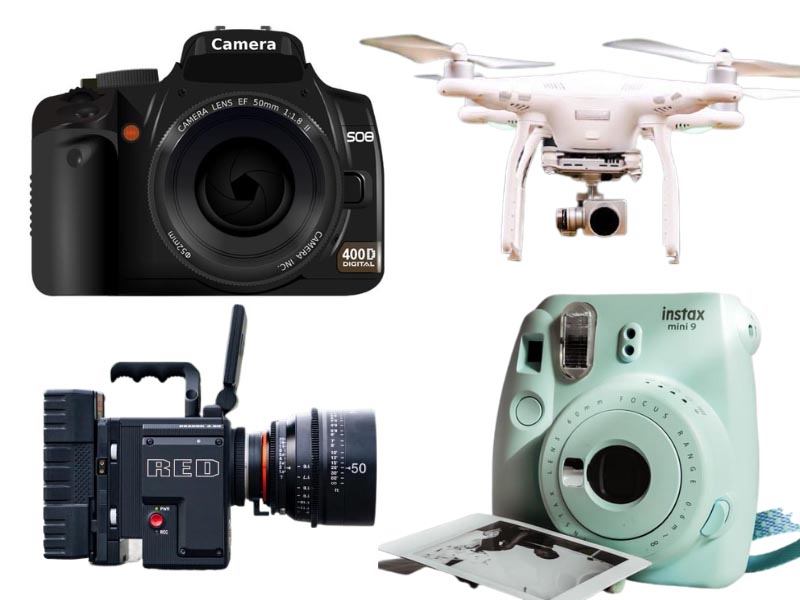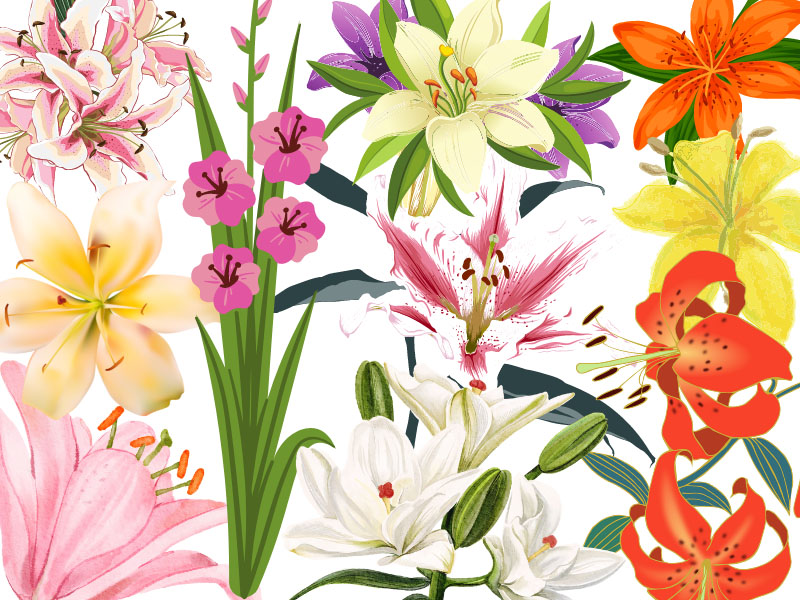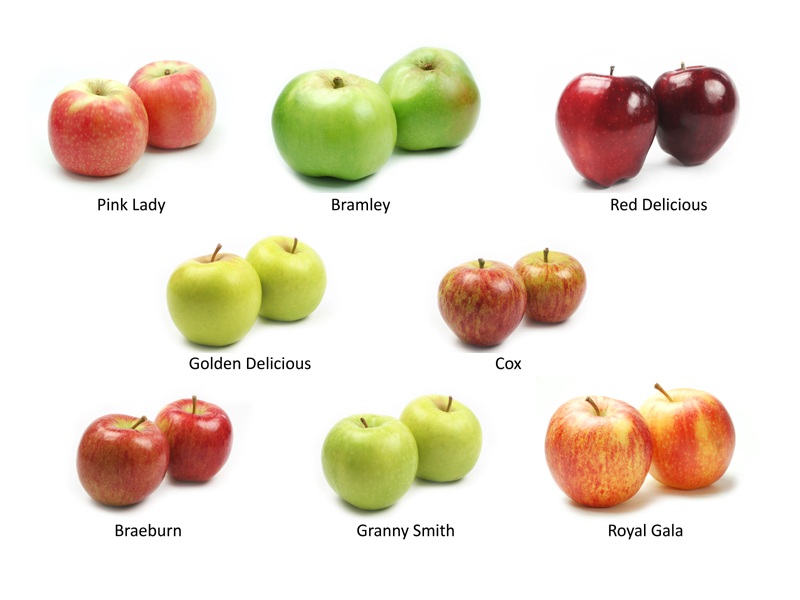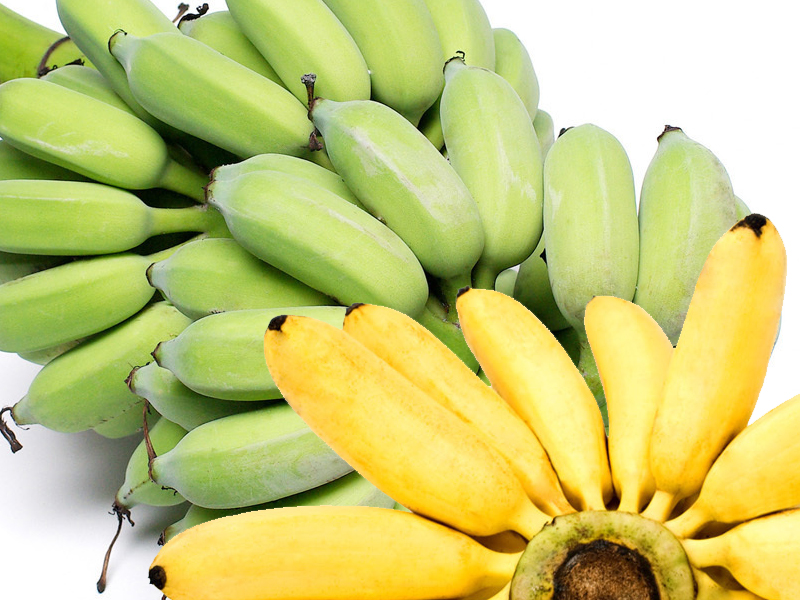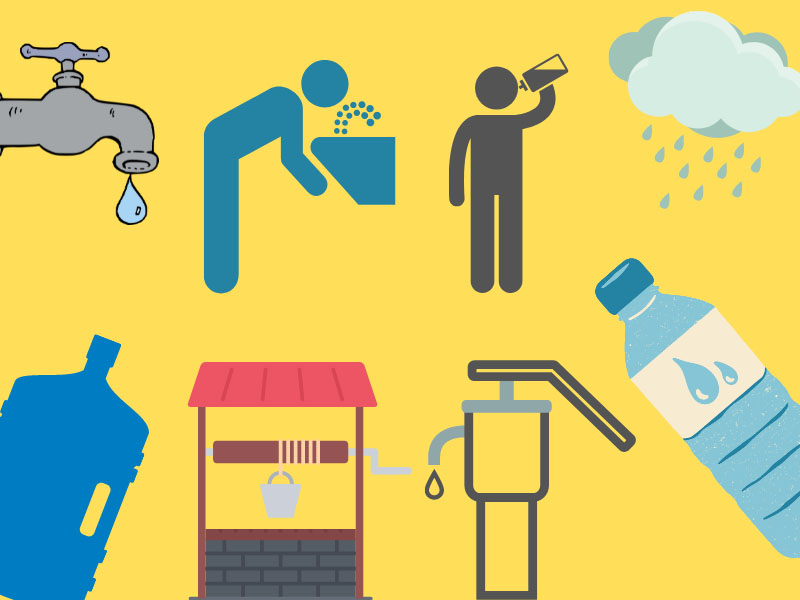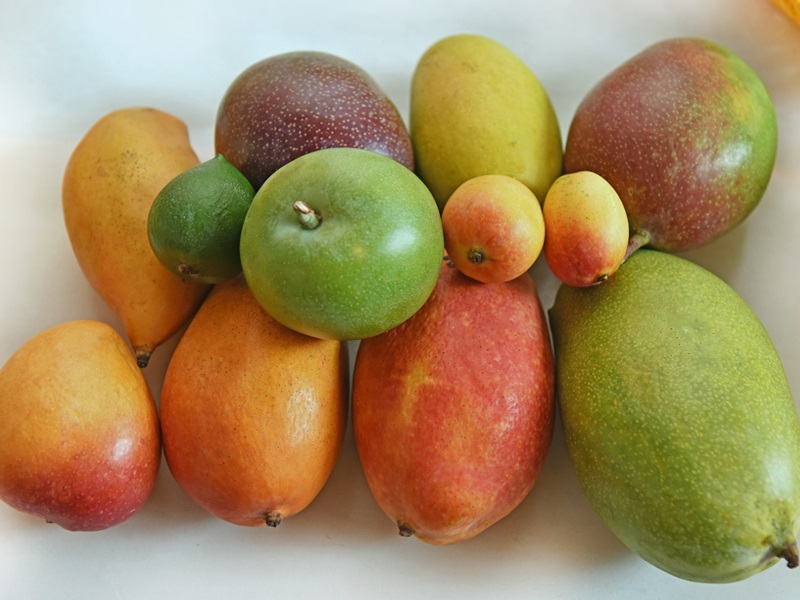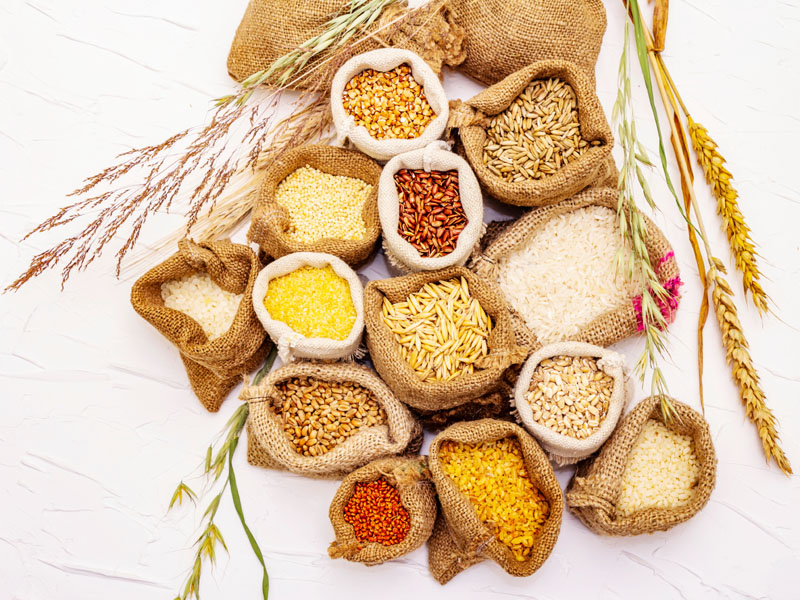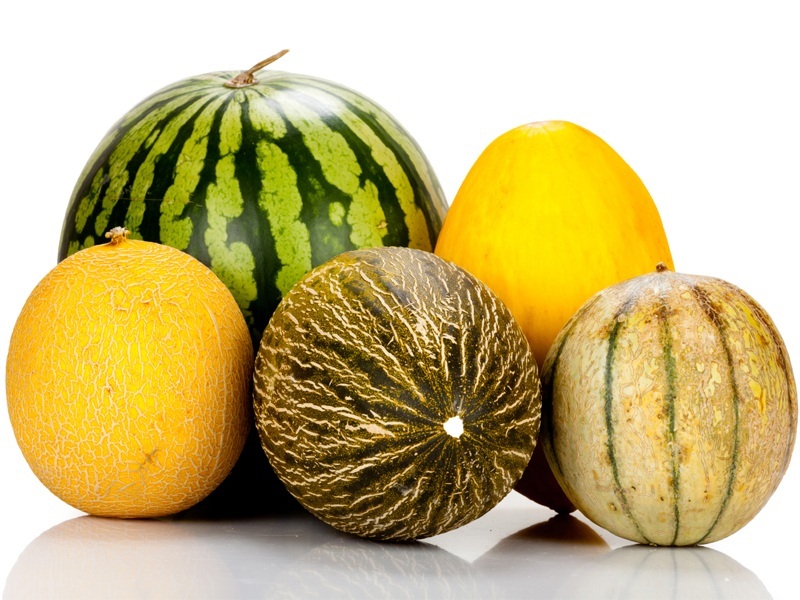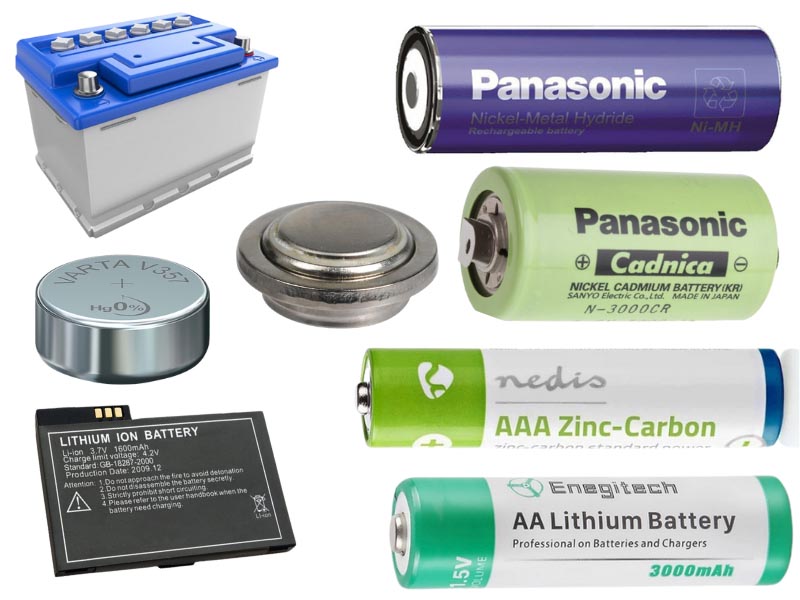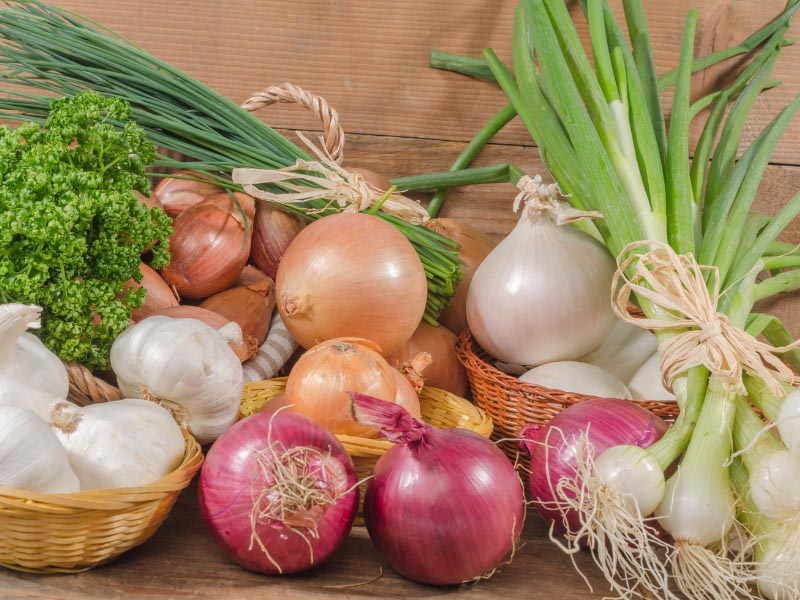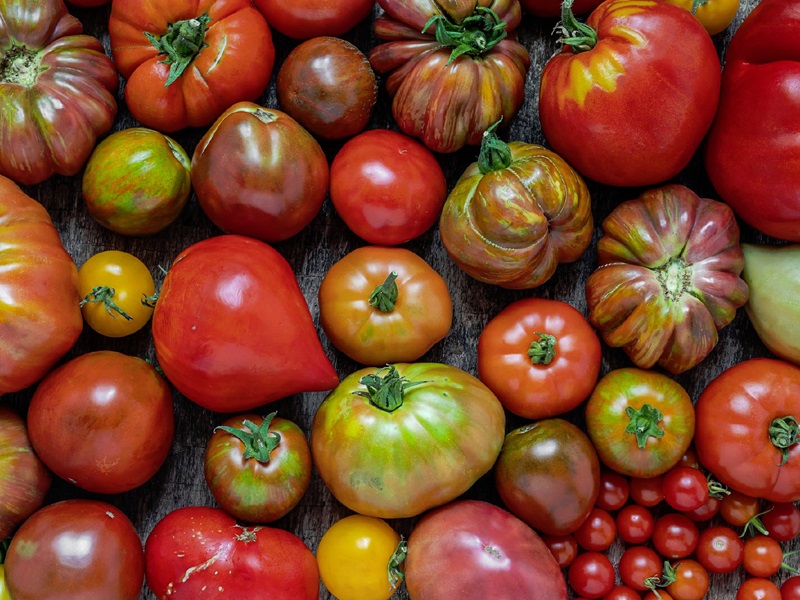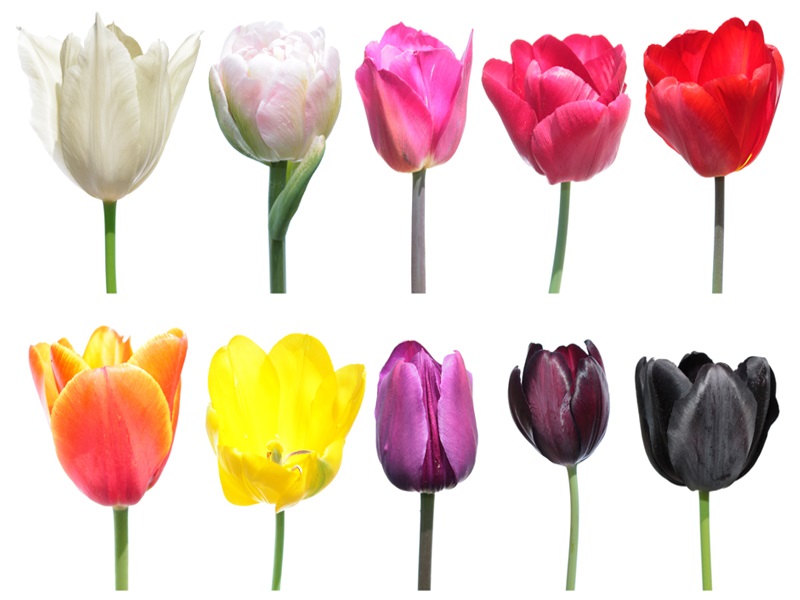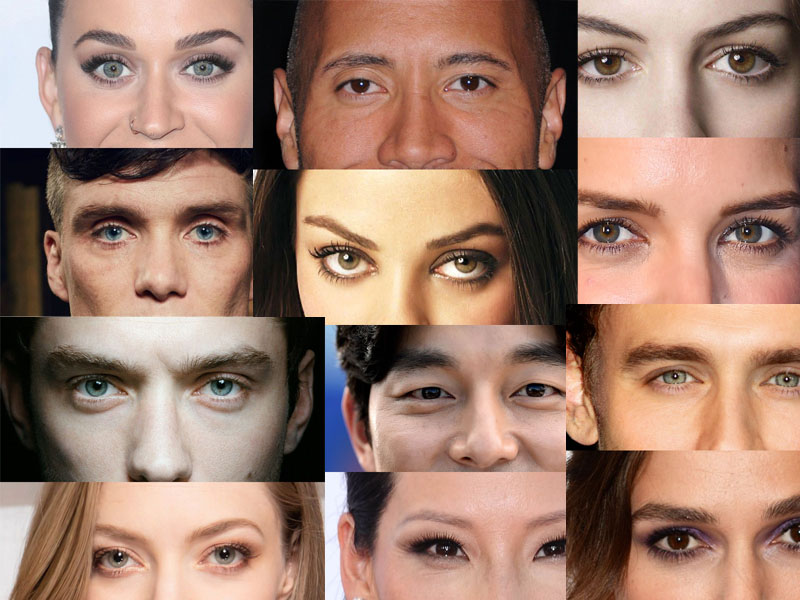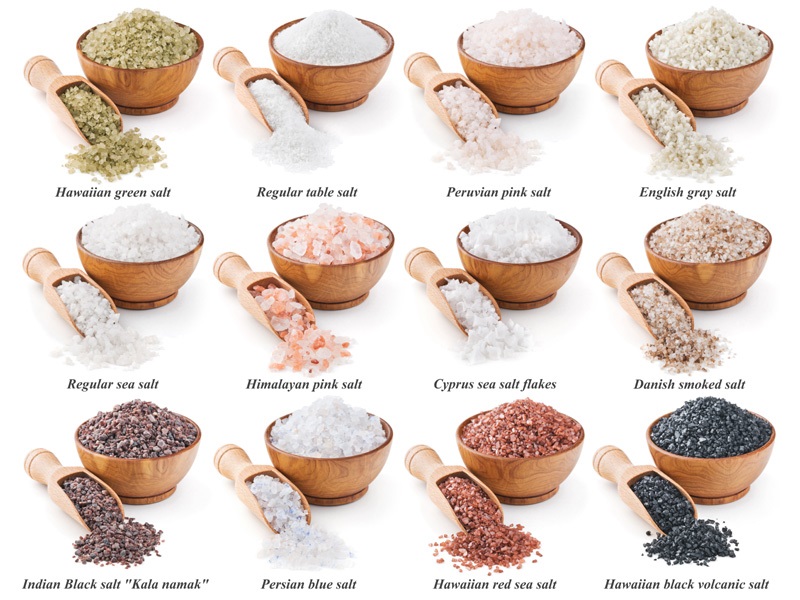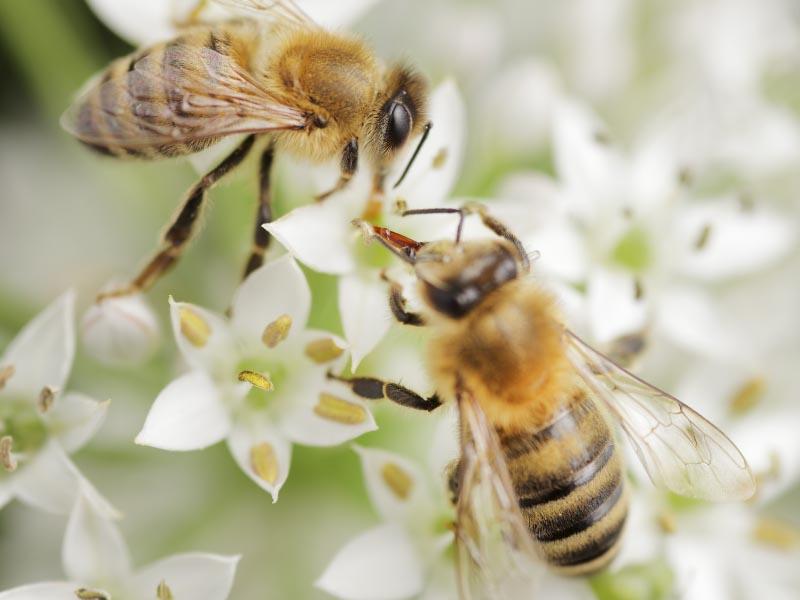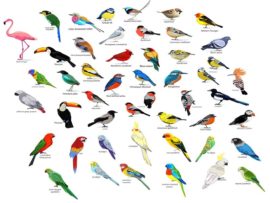Did you know Bandages can be a powerful tool essential to healing? Yes! Bandages are simple materials, a critical medical supply in the first aid kit. In this comprehensive article, we will explore different types of bandages that are used in first Aid and medical settings. We have tried to cover everything from specialized compression bandages for managing injuries and swelling to classic adhesive bandages providing protection and comfort.
Let us discover various shapes, materials, and applications of bandages, each designed uniquely to cater to specific conditions and wounds. This guide will equip you with essential knowledge about wound care, whether you are a caregiver or simply interested in learning about wound care. Read on!
What is Bandage, Its history, and How it Works:
A bandage is a medical covering or dressing to support and protect injuries or wounds. It is designed to be applied directly to the skin or over a dressing to hold it in place and is made typically with materials like cotton, gauze, or elastic fabric. Bandages prevent infection, control bleeding and promote healing by playing a crucial role in wound care.
The use of bandages dates back thousands of years from ancient civilizations. For example, the Romans, Greeks, and Egyptians used animal skins and strips to dress injuries and wounds. Over time, technological and medical advancements led to the development of more sophisticated bandages.
Bandages aid in healing by providing a protective barrier, shielding the wound from further contamination from external elements. Bandages also reduce blood flow to the injured area when applied with appropriate pressure. Furthermore, you can customize bandages to suit the injury’s severity and type, ensuring comfort and support for the patient.
Different Types of Bandages with Images:
This guide will teach you how to use care and efficiency to handle various injuries. So, let us get into the world of bandages and dive into the world of healing.
1. Gauze Bandage (Common gauze roller bandage):
A gauze or standard gauze roller bandage is made from lightweight gauze fabric and is a versatile medical material. This Bandage comes in various lengths and widths and is essential in first aid kits in addition to being used to provide support to injured areas, secure dressings, and dress wounds. You can also reduce swelling, promote clotting and protect your injuries from contaminants with Gauze bandages. Furthermore, you can also employ bandages to immobilize limbs by creating splints.
2. Adhesive Bandage:
An adhesive bandage is a small medical dressing used for wounds, scrapes, and minor cuts and is also called a band-aid. It consists of an adhesive material that sticks to the skin, while the central area consists of a sterile pad that covers the wound. You can protect the damage from dirt, bacteria, and further injury because the adhesive keeps it in place. These bandages come in various designs and sizes and are convenient and easy to use. Adhesive bandages are a staple in first aid kits for kids and adults because they provide a quick and effective solution.
3. Liquid Bandage:
A liquid bandage is one of the modern medical solutions used to protect and seal abrasions, wounds, and minor cuts. This Bandage has a polymer that forms a flexible, thin, and waterproof layer over the damage as it dries and typically comes in liquid form. This layer allows the wound to heal underneath while acting as a protective barrier against bacteria, water, and dirt. Liquid bandages are ideal for injuries prone to movement or in hard-to-reach areas.
4. Compression Bandage:
A compression bandage, commonly called elastic or pressure Bandage, is a medical wrap designed to support and apply controlled pressure to a healing or an injured body part. This Bandage improves blood circulation, reduces pain, and significantly helps you manage swelling especially and also comes in several designs and materials, whether elastic or non-elastic. Compression bandages treat conditions like venous insufficiency, sprains, and strains.
- Short stretch compression:
Short stretch compression has minimal stretch and provides high compression while supporting conditions like venous insufficiency or lymphedema.
- Long stretch compression:
Long stretch compression provides moderate compression and supports injuries like strains and sprains because they stretch significantly.
5. Triangular Bandage(Cravat Bandage):
Also called a cravat bandage, a triangular bandage is a versatile cloth typically made from cotton shaped like a right-angled triangle used for several medical applications. You can create slings to support injured arms or shoulders to immobilize fractured limbs or to secure dressings in place by folding triangular bandages in different ways. Whether it is for emergencies or simple medical care, triangular bandages are an essential tool.
6. Tube Bandage:
A tube bandage is a stretchable cylindrical fabric used for several medical purposes. This Bandage is designed to support injured areas while providing gentle compression and is made with elastic materials. Tube bandages are commonly used for body parts that require a secure hold and protect wounds from external contaminants by serving as an additional layer. These bandages accommodate various body parts because they are available in multiple sizes.
7. Kirigami Bandage:
The Kirigami bandage is a specialized medical dressing that creates a customizable and flexible wound covering by combining the concepts of origami and cutting. As you can observe from the name, these bandages draw inspiration from origami as they are designed to be shaped and folded depending on the wound or body part’s contours. This unique approach of the kirigami bandages allows for better adherence to irregular surfaces by allowing for precise fitting, providing comfort for patients, and improving wound healing.
8. Elastic Knit:
An elastic knit bandage is a specialized type of elastic Bandage that provides support and controlled compression to healing or injured body parts and is made from a woven fabric. The stretchability while maintaining consistent pressure on the area it covers is attributed to the bandages’ unique knit design. They are commonly used to treat sprains, strains, and other injuries, making them a common sight in medical settings.
- Elastic adhesive bandage:
An elastic adhesive bandage is a stretchable and flexible medical wrap with an adhesive backing, hence the name. This Bandage provides both support and compression to the injured body part efficiently.
- Elastic rubber bandage:
An elastic rubber bandage is a medical wrap made from a blend of rubber and elastic materials, whose design provides controlled compression to the healing parts of your body. It also helps maintain consistent pressure while conforming to the body’s contours.
- Elastic synthetic Bandage:
As the name suggests, elastic synthetic bandages are medical wraps made with a blend of synthetic fibers or materials like polyester or nylon individually. These bandages are employed frequently for post-operative care or in sports medicine.
9. Quadrangular Bandage:
A quadrangular bandage is a large square piece of cloth used for several medical purposes. You can create a sling, wrap around an injured limb to immobilize it, or dress for head injuries by folding the Bandage into an appropriate triangular shape. Quadrangular bandages are known for their multiple applications and adaptability owing to their versatility, making them a standard tool found in emergency medical supplies or first aid kits.
10. Four-Tailed Bandage:
Also called ‘T-bandage’ or a ‘four-tailed cravat,’ a four-tailed bandage is a medical wrap designed with four separate ends, hence the name. This bandage is versatile and can be used for several applications because you can secure the Bandage in place by tying each tail. For example, you can support joints or immobilize body parts by creating slings with this Bandage and can adapt to different situations and injuries.
11. Many-Tailed Bandage (Scultetus):
A many-tailed bandage is a type of Bandage that features multiple strips of cloth attached to the central piece. This Bandage is also called a Scultetus bandage, designed to support and compress large body areas like the chest or abdomen. The many-tailed design also adapts to the body’s contours, allowing for a customized and secure fit. This Bandage holds dressings in place, providing pressure and promoting healing while commonly used in wound care or post-surgical settings.
12. Cohesive Bandages:
Cohesive bandages are made from material that adheres to itself and the hair or skin. They are also called self-adhesive or self-stick bandages. Cohesive bandages are used for wrapping injuries like strains or sprains commonly used in veterinary care or sports medicine. These bandages can be adjusted easily without causing any discomfort when removed without the need for clips or pins.
13. Impregnated Bandages:
Impregnated bandages are medical dressings infused with substances like healing agents, antiseptics, or medications. These bandages provide coverage and therapeutic benefits to the affected area, serving dual purposes. The impregnated substances can help manage symptoms, promote healing and prevent infection. These bandages reduce the risk of complications by enhancing the healing process.
- Plaster of Paris Impregnated bandages:
As the name suggests, these Impregnated bandages consist of a gauze bandage infused with plaster powder. These bandages are used in orthopedics to provide support and immobilize fractures giving support during the healing process.
- Water glass (silica) impregnated bandages:
Solium silicate or water glass-impregnated bandages are specialized medical dressings incorporating water glass and gauze solutions. Applying to the gauze creates a firm and durable cast after drying. This makes a lightweight and supportive cast often used in orthopedics.
- Starch-impregnated bandages:
A starch-impregnated bandage is a medical dressing incorporating starch, a carbohydrate derived from plants, into its fibers. People with several skin conditions can use these bandages for wound care and management. The starch impregnation creates a soft, pliable texture conforming well to the body’s contours while absorbing excess moisture from the wounds.
14. Animal Bandages:
Animal bandages are medical dressings designed to treat wounds and injuries in animals and are crafted to accommodate different animals’ needs and specific anatomy, ensuring
- Veterinary casts:
Veterinary casts are used to immobilize fractured bones and aid in the healing process of animals, similar to human ones.
- Pet booties:
Pet booties help prevent further damage and aid in healing paws or claws by acting as protective coverings.
- Surgical dressings:
Surgical dressings are specialized bandages veterinary surgeons use to protect wound sites, sutures, and surgical incisions.
Bandage Applying Types:
Each type of Bandage is tailored to specific needs and areas of the body, and several methods exist for their application. Here are some common bandage-applying techniques to look into.
1. Circular turn:
The circular turn is a simple technique to wrap the Bandage in overlapping circles around the injured area. This technique is commonly used for securing wound dressings.
2. Spiral turns:
The spiral technique is similar to the circular method, except in a spiral pattern that wraps the Bandage around the injury. This Bandage is an ideal choice when you want to cover extended areas such as limbs.
3. Reverse Spiral turn:
As the name suggests, this technique is similar to the spiral technique, except the wrapping is done in the opposite. This process adds stability to the Bandage.
4. Figure-8:
The figure-8 technique is often used for joints and involves the Bandage done in a figure-8 pattern, hence the name. This technique allows movement while providing support.
5. Recurrent:
In Recurrent technique entails overlapping the badge repeatedly in a zigzag fashion. This technique is commonly used to get secured scalp and head dressings.
6. Spica:
The Spica technique involves creating a ‘V’ shape bandage that provides stability and support predominantly used for joints.
7. Velpeau:
The Velpeau method is where the Bandage helps immobilize the shoulder and arm by creating a sling-like structure.
8. Desault:
The desault method is similar to the Velpeau method, but instead of immobilizing the shoulder, this technique secures the arm across the chest.
9. Ankle wrap:
The ankle wrap technique is used for sprained ankles by providing support and compression because it involves wrapping the Bandage around the foot and ankle in a specific pattern.
10. Finger bandaging:
This technique has the Bandage wrapping around the finger’s base and then spiraling upward, which makes the fingers bandaged individually.
Interesting Facts About Bandages:
Here are some facts about Bandages that you might find interesting. They are:
- Ancient civilizations like the Greeks and Egyptians used plant fibers and linen to wrap wounds.
- Today, some bandages prevent infection and promote faster healing by incorporating advanced technologies such as antimicrobial properties.
- Since there are several types of bandages, each bandage type is tailored for a specific purpose.
- Bandages offer quick solutions for minor cuts, scrapes, and wounds in emergencies, making them a cornerstone of first aid for kids worldwide.
- Bandages provide a barrier against dirt, environmental contaminants, and bacteria beyond aiding healing which helps reduce the risk of infection.
- Applying Bandage not only represents physical healing but also symbolizes support and care for someone in need.
- Efforts are being made to develop eco-friendly and biodegradable bandage materials reducing their environmental footprint.
The diversity of bandages reflects the ingenuity of human innovation in addressing a broad spectrum of injuries and wounds in the realm of first aid and medical care. In this article, we have listed a variety of bandages that promote healing, prevent infection, and provide support serving distinct purposes. The humble Bandage remains an indispensable tool as we explore new materials and techniques. Don’t forget to let us know if you found the article helpful!
Disclaimer:
Our information is based on research and not a replacement for professional opinion. The website is not responsible for the authenticity and accuracy of this information.


